Papua New Guinea is widely regarded as the ‘final frontier’ because much of the country remains untouched and full of natural beauty. The tribal culture and traditions of generations are still present throughout the island nation and are the reason many travelers are drawn to Papua New Guinea. In this blog post, I’m going to share with you some of the best things to do in Papua New Guinea, which I personally experienced on my three-week trip throughout the country. Papua New Guinea has so much to offer that so few know about, which made it such a privilege to explore this island nation.
At the bottom of this blog post, I will also cover everything you need to know before you visit Papua New Guinea such as safety, vaccines, the best time to visit, and if it’s possible to solo travel.
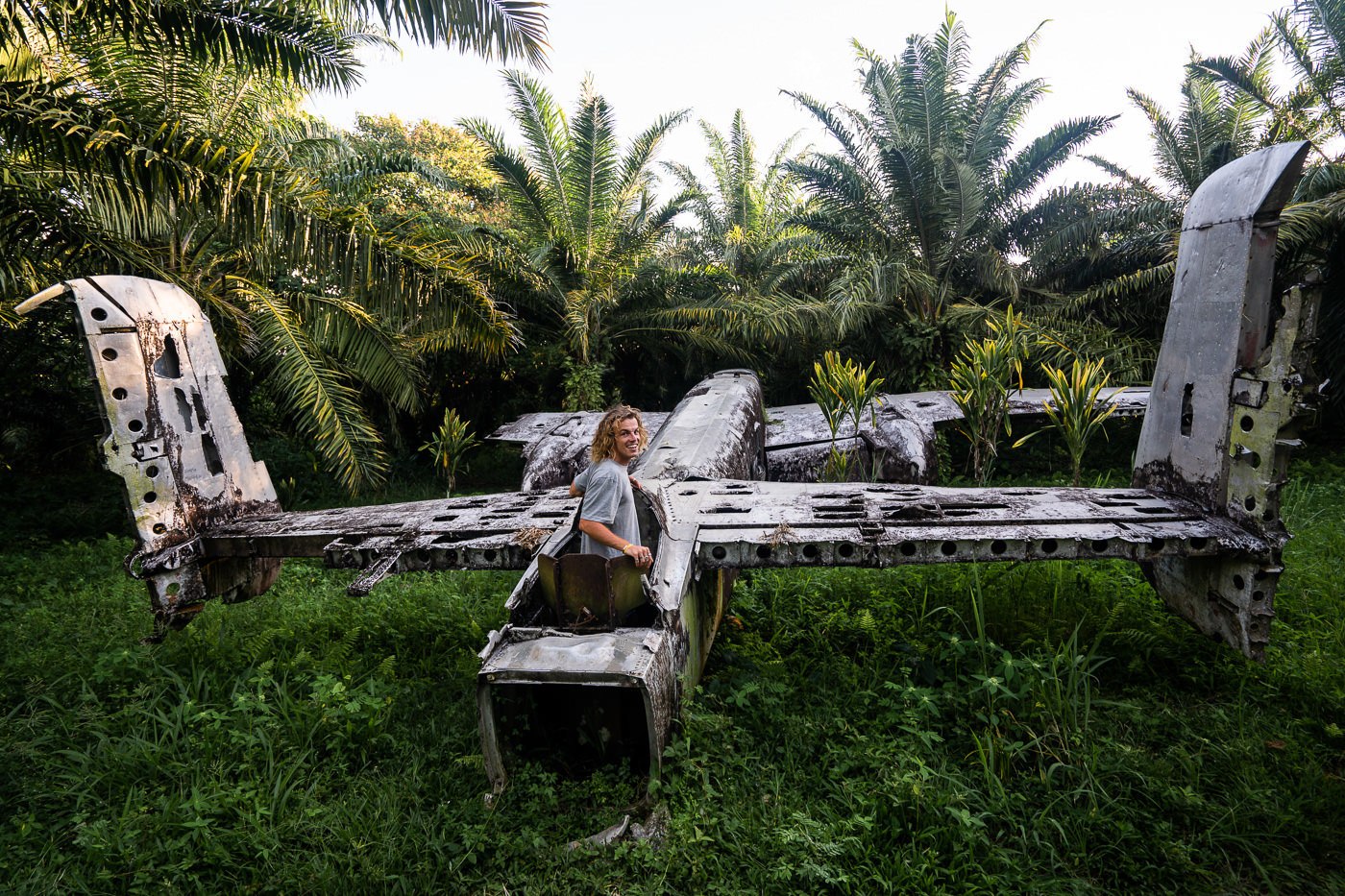
10 ADVENTUROUS THINGS TO DO IN PAPUA NEW GUINEA
1. TREK THE KOKODA TRACK
The most popular tourist attraction in Papua New Guinea is most definitely the Kokoda Track. The Kokoda Trail in Papua New Guinea is known as one of the toughest multi-day treks in the world. It also has an immense historical significance as it was the epicenter of the Kokoda Battle between the Japanese and the Australian Forces in WWII. The grueling battle of war along the muddy ridges of the Kokoda track was played out in harsh tropical conditions. Today, trekkers from around the world reflect on the four pillars of Kokoda, which are mateship, endurance, sacrifice, and courage as they push themselves physically and mentally to complete the arduous journey across the Kokoda Track.
The Kokoda Track is a single-file trail, which runs through the Owen Stanley Range in Papua New Guinea. The Track begins at Owers’ Corner in Central Province, which is 50 kilometers east of the capital, Port Moresby. The Kokoda Track finishes in the village of Kokoda, which is in the Oro Province.
The trail is a total distance of 96 kilometers, which sounds like a long way but when you break it up over 8 days it becomes a manageable 12 kilometers a day. The important part to consider is that it is very slow going due to the muddy and uneven terrain. 12 kilometers on flat terrain walking around the local park may take you 2-3 hours but on the Kokoda Track, you can expect to go twice as slow so 5-8 hours a day of hiking is about the norm.
I can’t recommend the Kokoda Trail enough and have linked below to my huge blog post guide about the adventure with everything you need to know. It’s by far one of the most popular Papua New Guinea tourist attractions.
READ FULL BLOG POST: THE KOKODA TRAIL: READ THIS BLOG BEFORE YOUR TREK
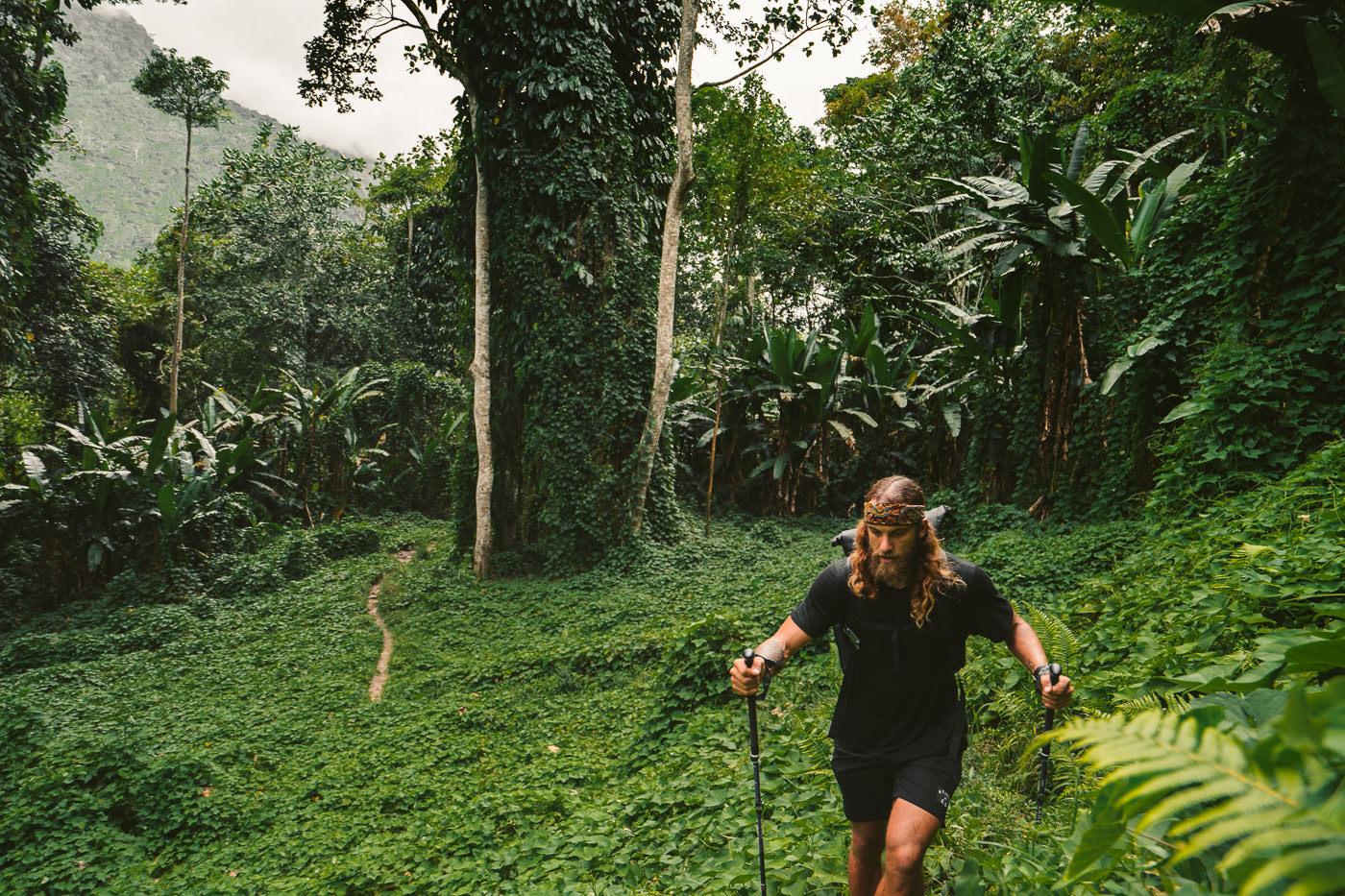
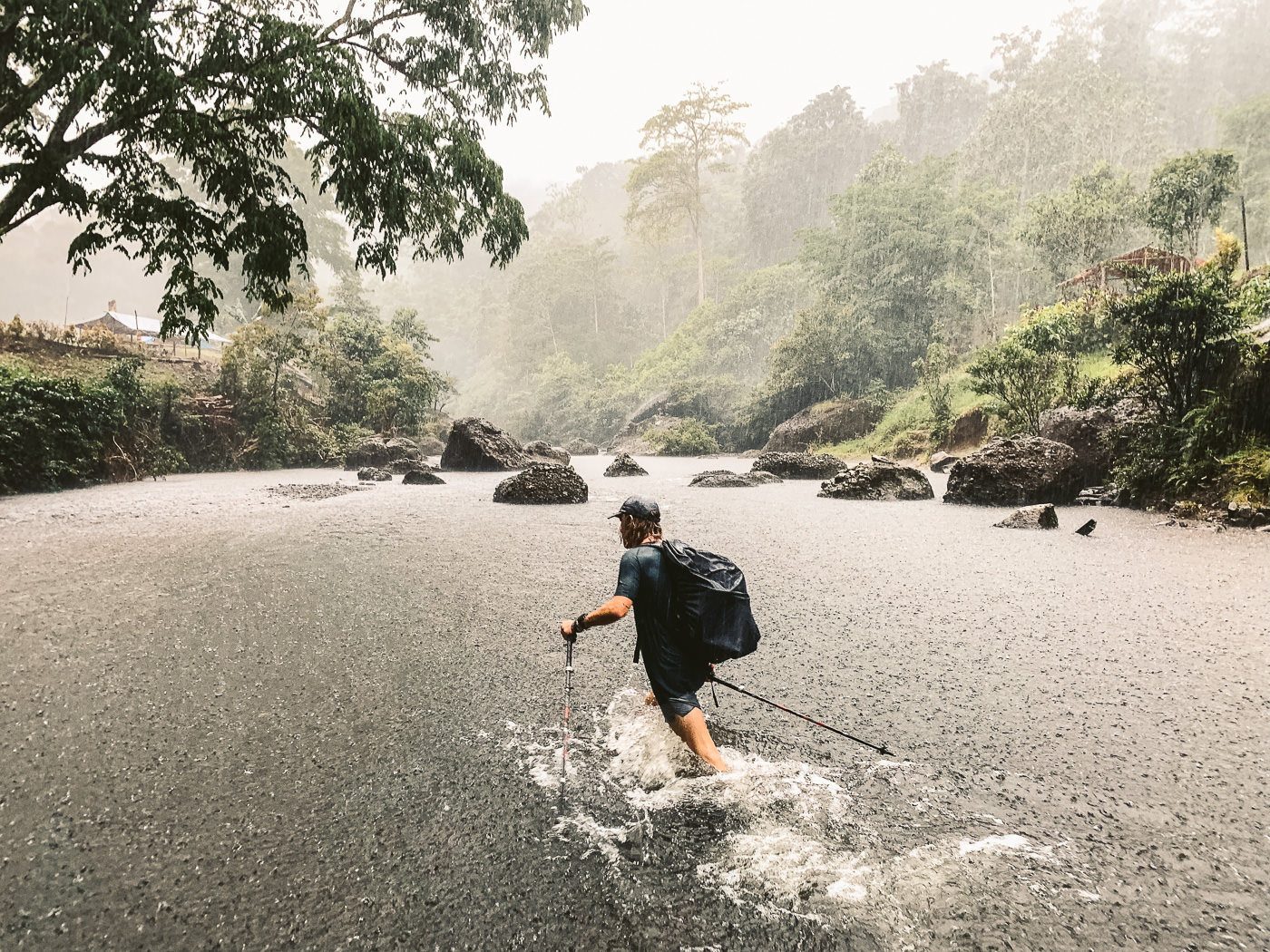
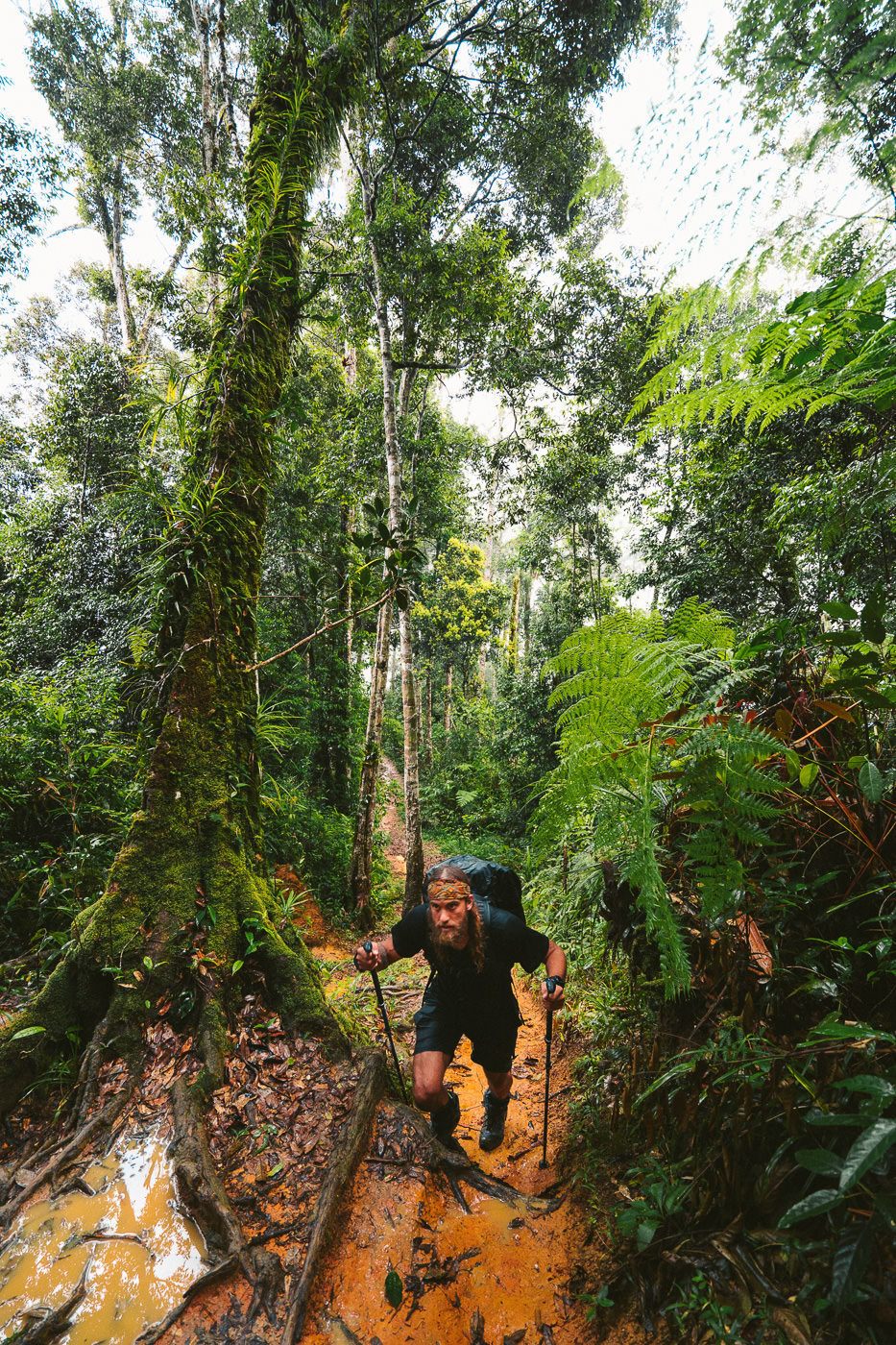
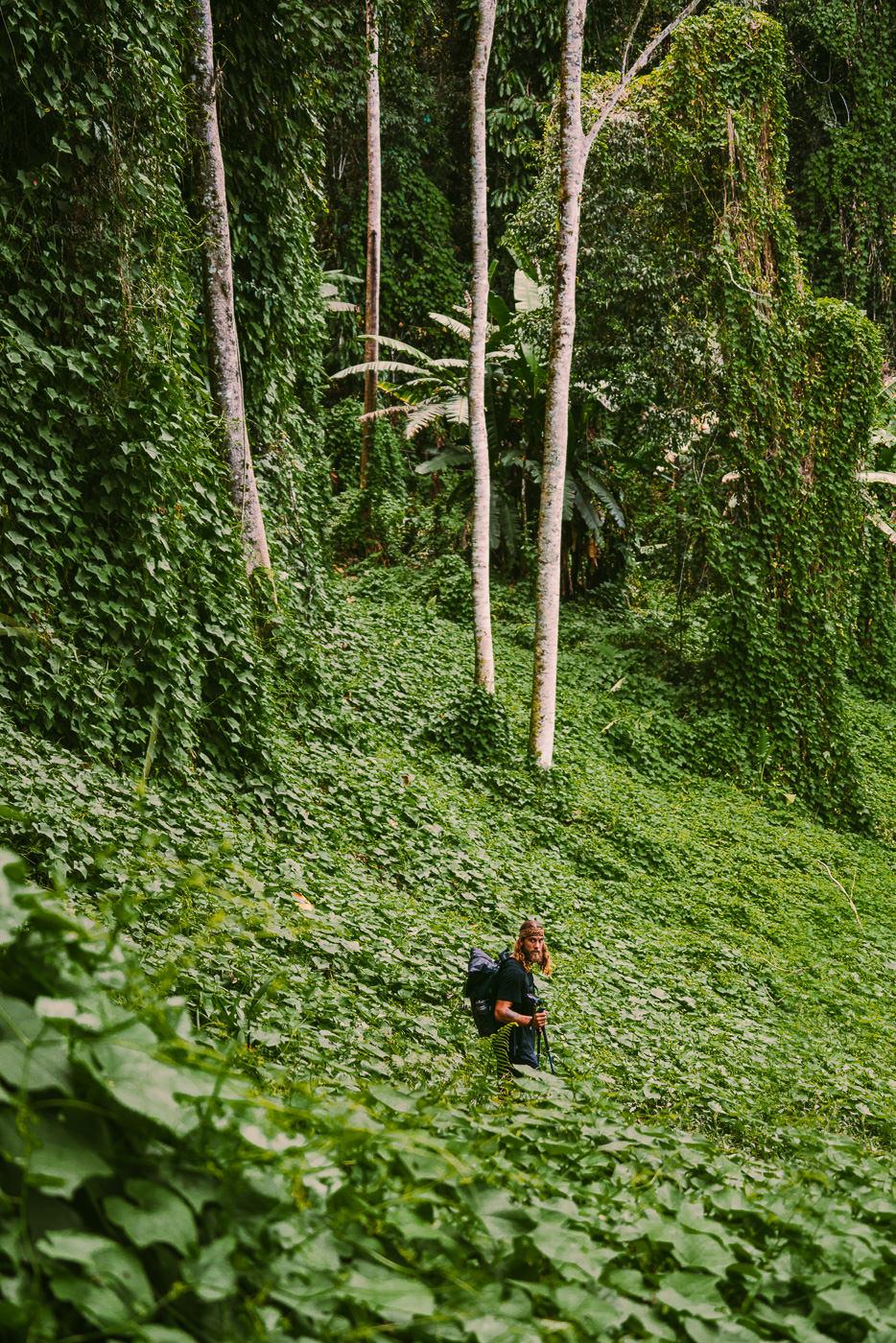
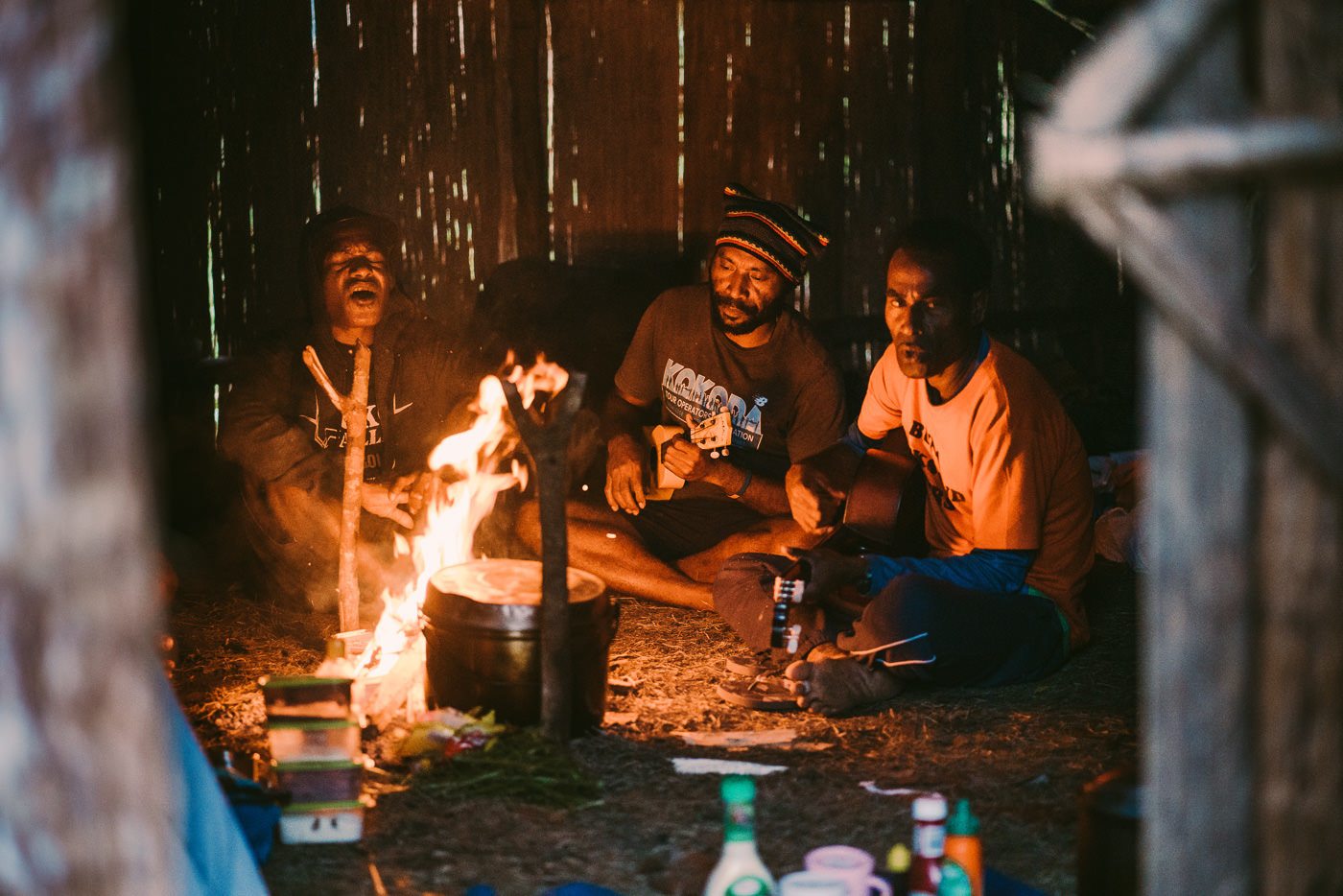
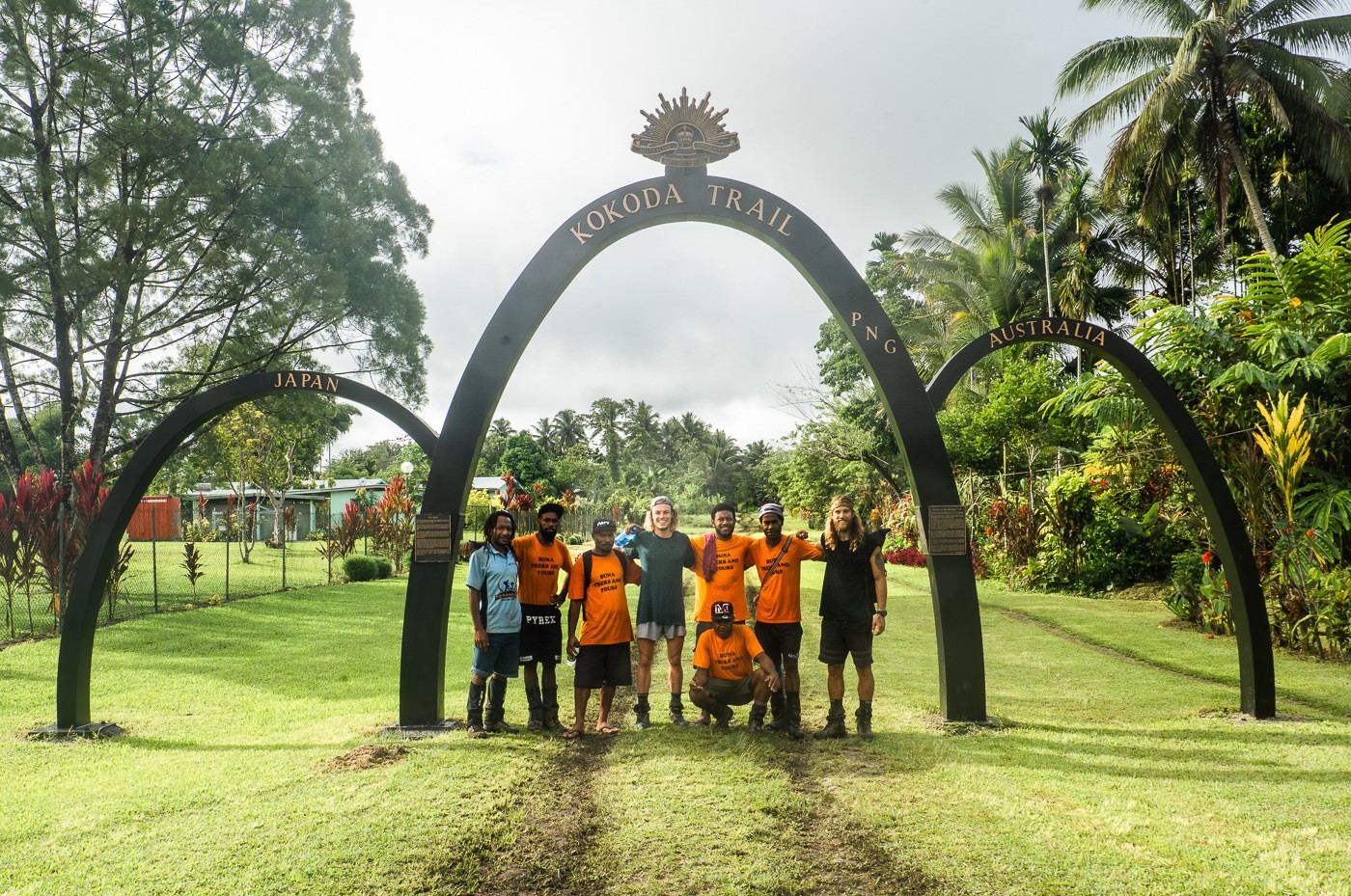
2. TREK UP TO THE HIGHEST POINT IN PAPUA NEW GUINEA & OCEANIA: MOUNT WILHELM
Climbing Mount Wilhelm is one of the toughest challenges in Papua New Guinea. In fact, it is the tallest peak in Oceania at 4,509m. The journey to base camp and then the summit requires planning, determination, and hopefully some good weather!
Mount Wilhelm is part of the Bismarck Range and the peak is the exact point where three different provinces meet. Generally, most people take 2-3 days to complete the trek as it is best to acclimatize to the altitude rather than rushing up
The total distance of the hike from Betty’s Lodge to Base Camp (where most trekkers stay) to Summit is 11.7km one-way so a total round-trip distance of 23.4 kilometers is what you are up against.
The trail consists of a dirt path, slippery muddy terrain, and moderate bouldering. There are no technical sections that require rock-climbing experience or ropes/equipment. It is slow going due to the slippery, uneven terrain.
This was one of the toughest experiences we’ve ever had as we battled the altitude and the cold to reach the summit for sunrise! Mount Wilhelm is one of the most difficult places to visit in Papua New Guinea.
READ THE FULL BLOG POST: MOUNT WILHELM TREK (4,509M) – EVERYTHING YOU NEED TO KNOW
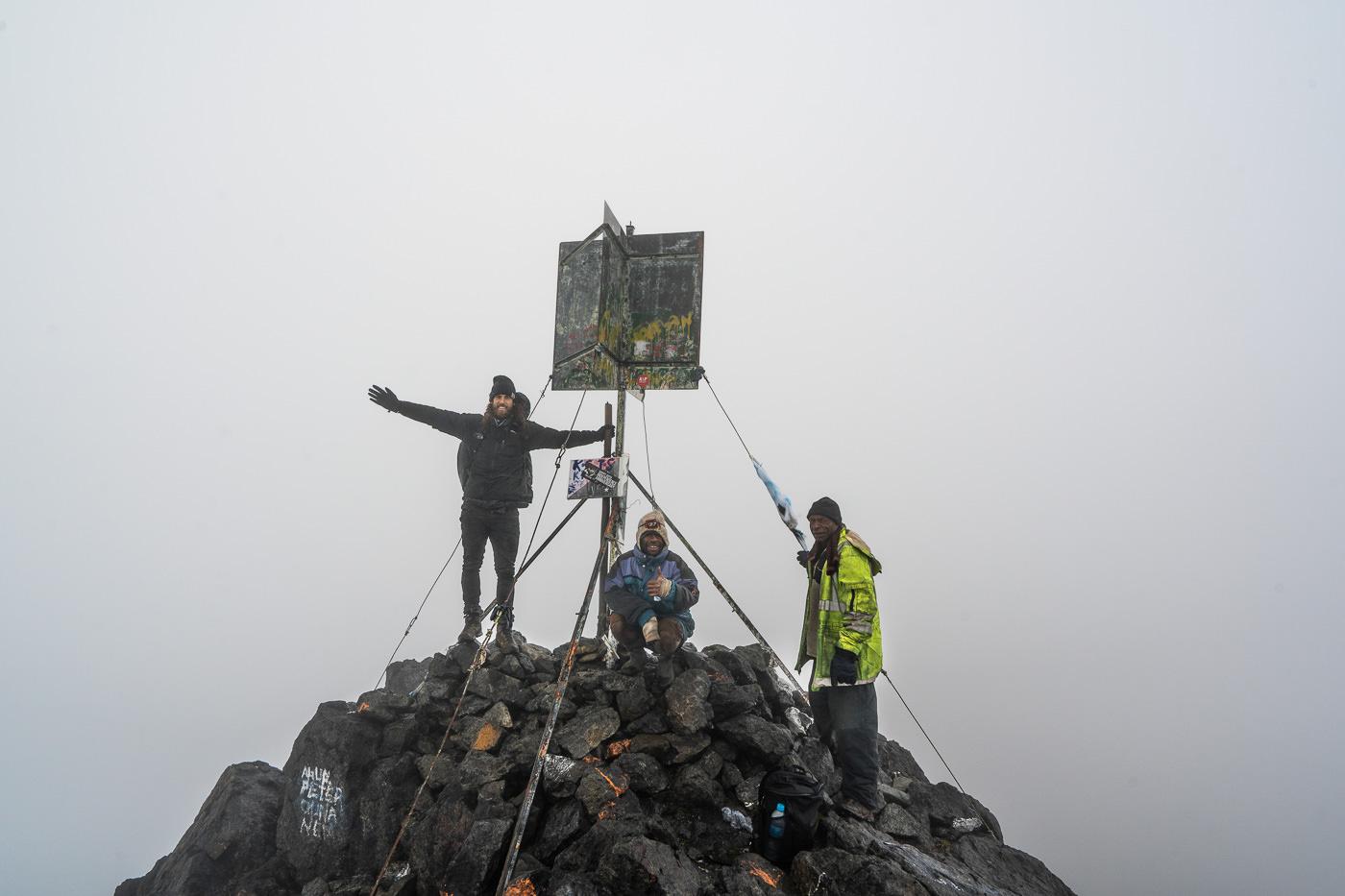
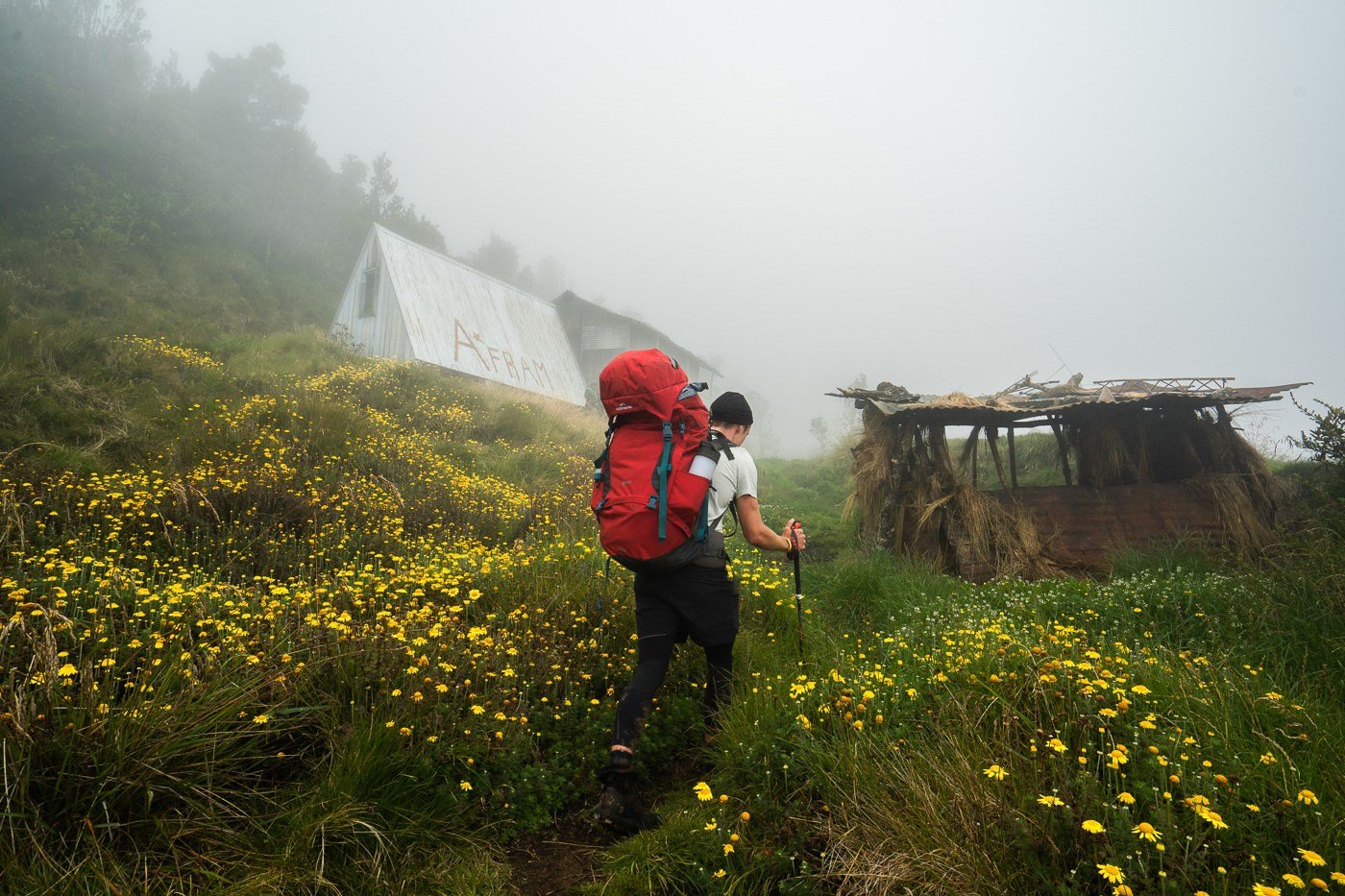
3. ISLAND HOPPING IN MADANG
Madang is one of the most pristine coastal regions in Papua New Guinea with excellent diving, multiple WWII plane and shipwrecks as well as a number of land attractions and villages in the jungle to explore. There are hundreds of islands off the coast of Madang and with few other boats in the area, you can stop off and enjoy the peaceful calls of birds and nature on your own private island. There were many highlights but the pick of the bunch for me was Pig Island. It was covered in palm trees and was surrounded by incredible turquoise waters. The jungle seemed to overflow onto the beach and into the water. It was beautifully wild.
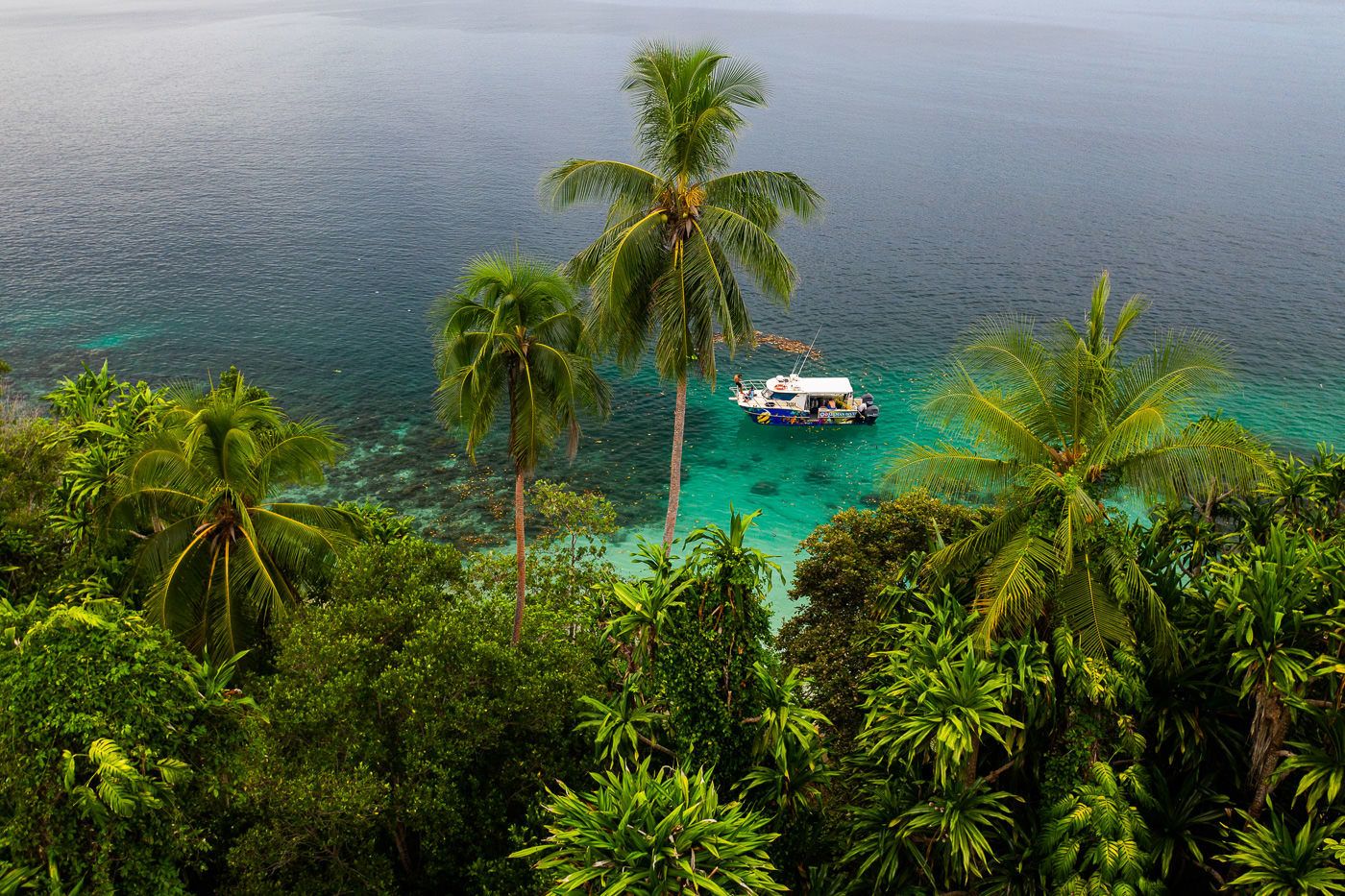
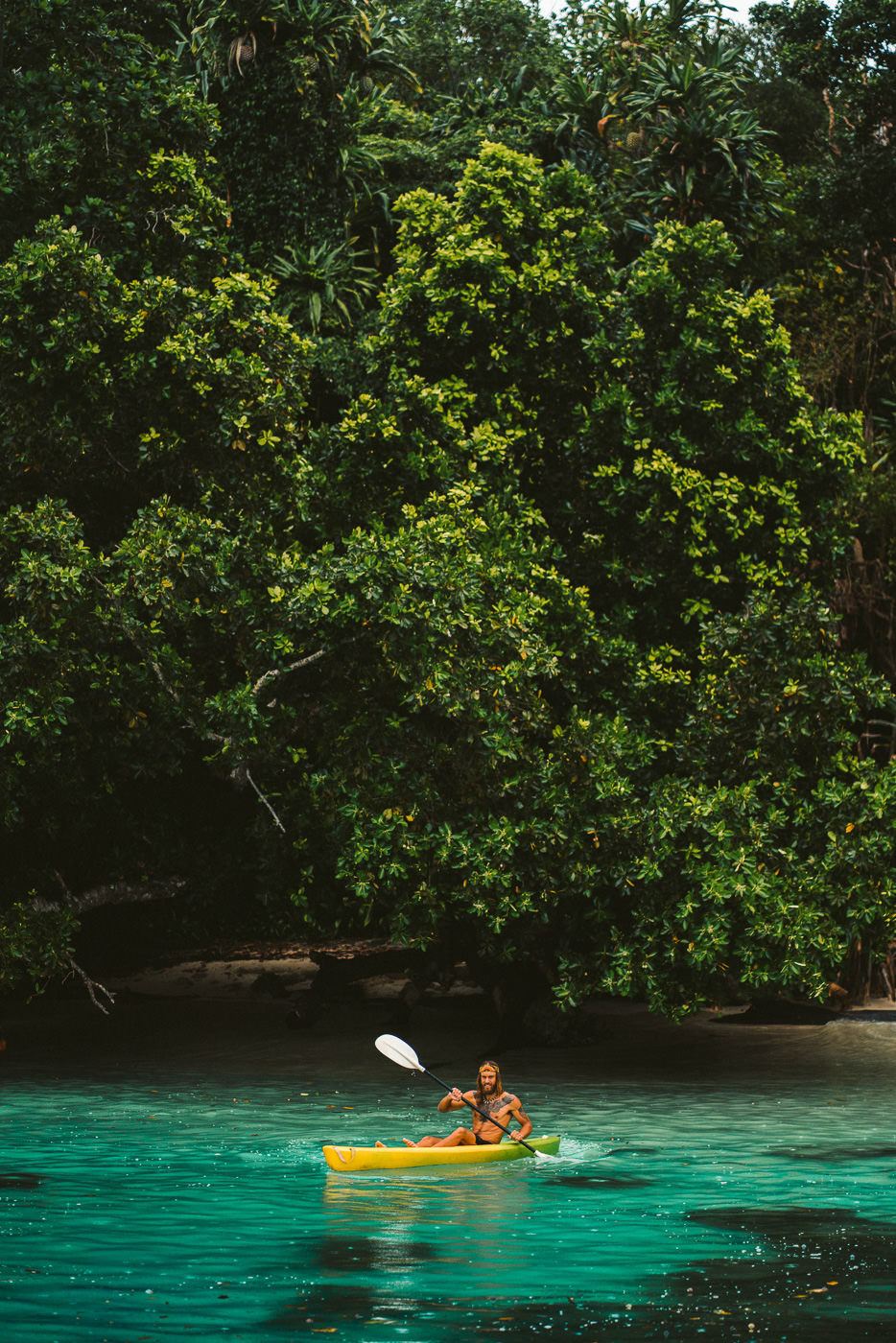
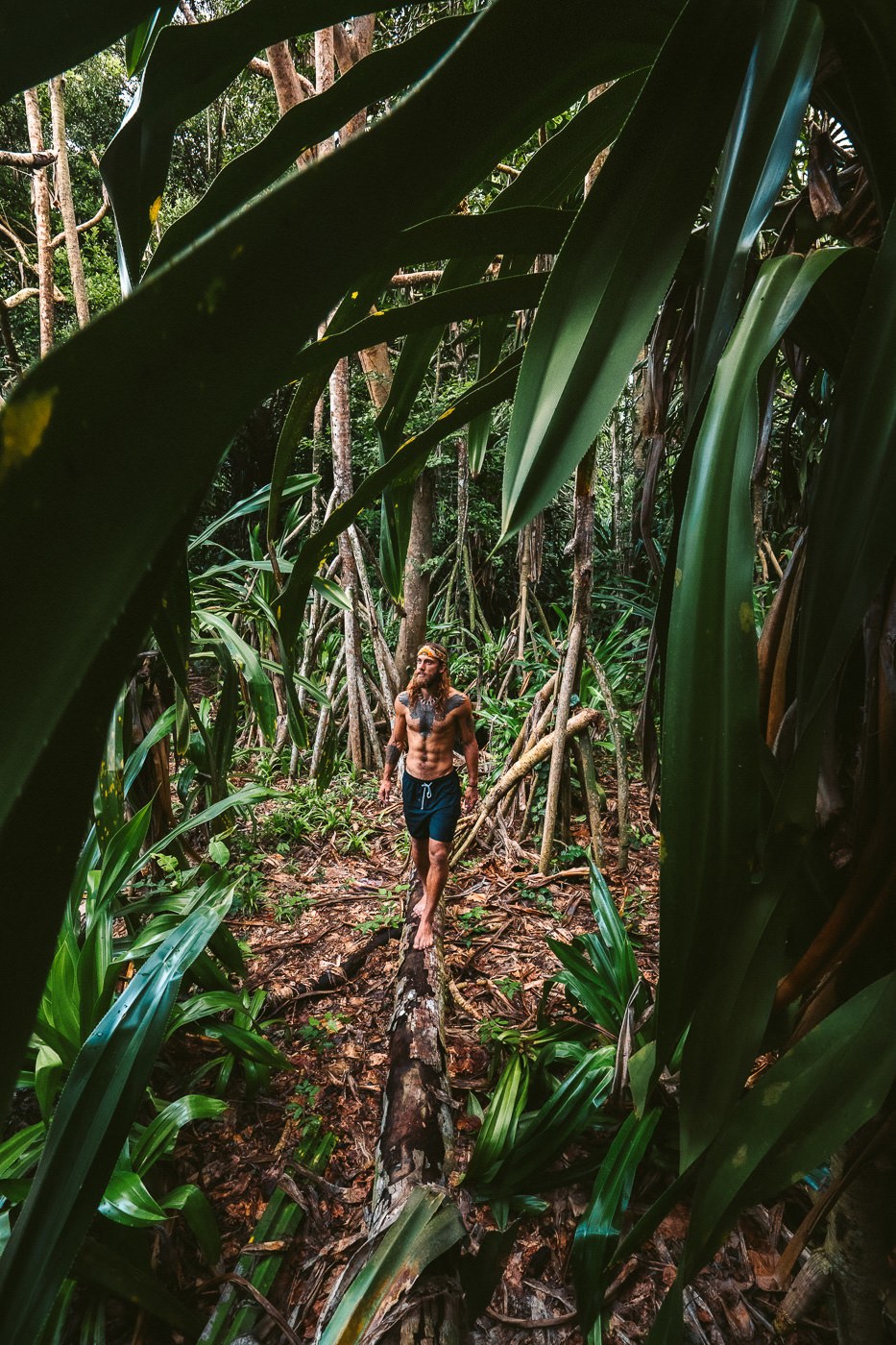
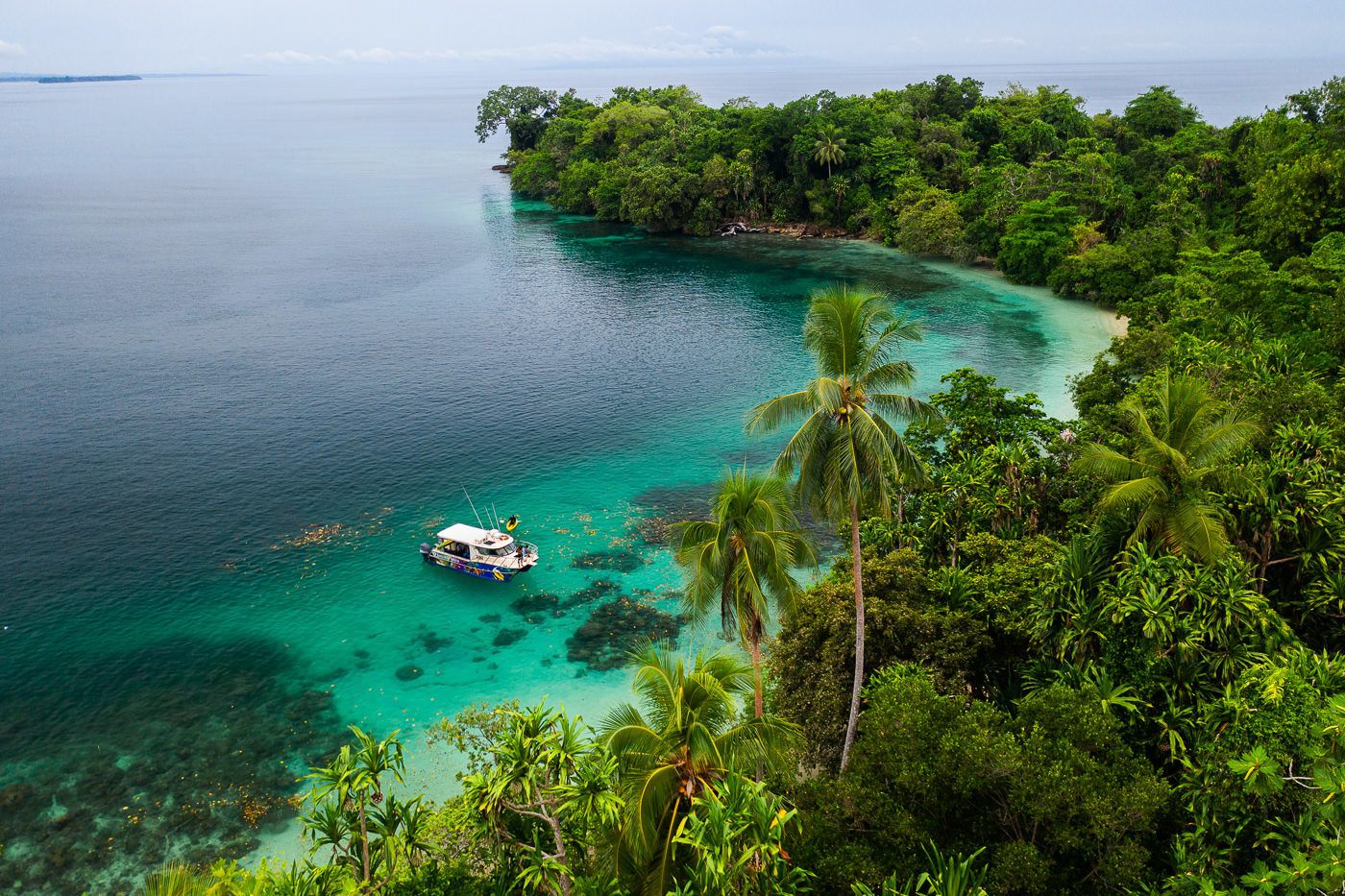
BEST INSURANCE FOR TRAVELERS
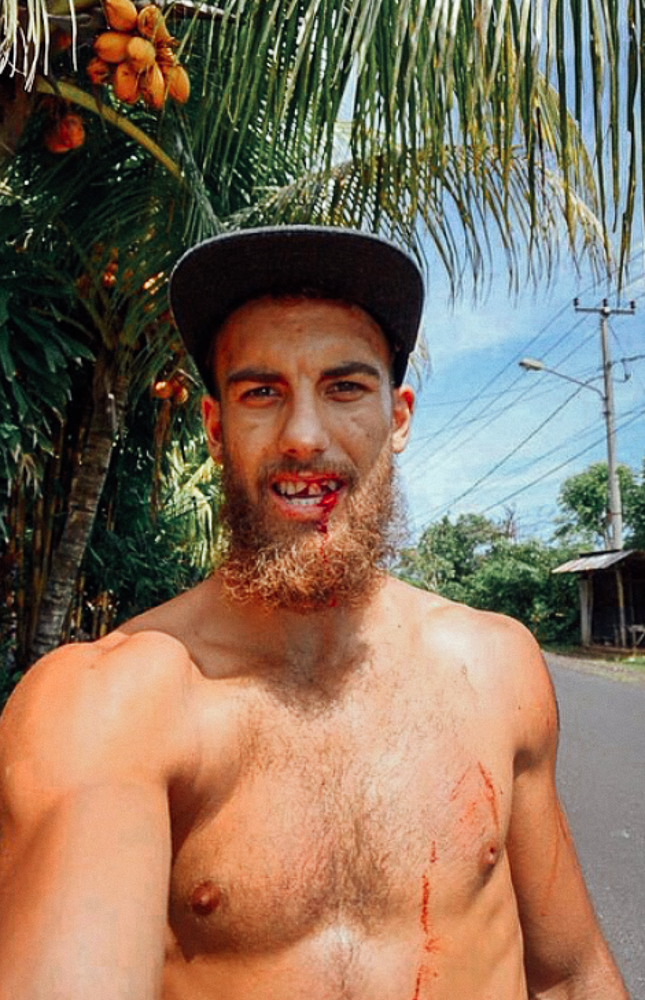
Don’t wait for an accident to happen… get insured! My travel insurance is HeyMondo which offers low-cost travel & medical insurance. That’s me on the left with three teeth knocked out after a motorbike crash in Bali!
You can click to read my Full Review of the Best Travel Insurance.
I’ve made several successful claims with HeyMondo and find their customer service very quick and helpful. Click the button below to get a 5% DISCOUNT
4. SCUBA-DIVING IN MADANG
On one of our days in Madang, we headed out from Madang Resort to discover several wrecks that are remnants of the battles that took place in WWII. It was Josh’s first-time Scuba diving but they let him do a fun dive, which meant on his first ever scuba dive he was down checking out a WWII bomber and behind the machine guns!
I personally love diving wrecks and think it’s incredible to witness history but also see how nature slowly takes over. We dove down to the Henry Lieth shipwreck and the B-25 bomber plane wreck. Hundreds of species call the wrecks home and it becomes a hotspot of diversity and activity with fish and corals covering the wrecks. The underwater wrecks are one of the best things to see in Papua New Guinea.
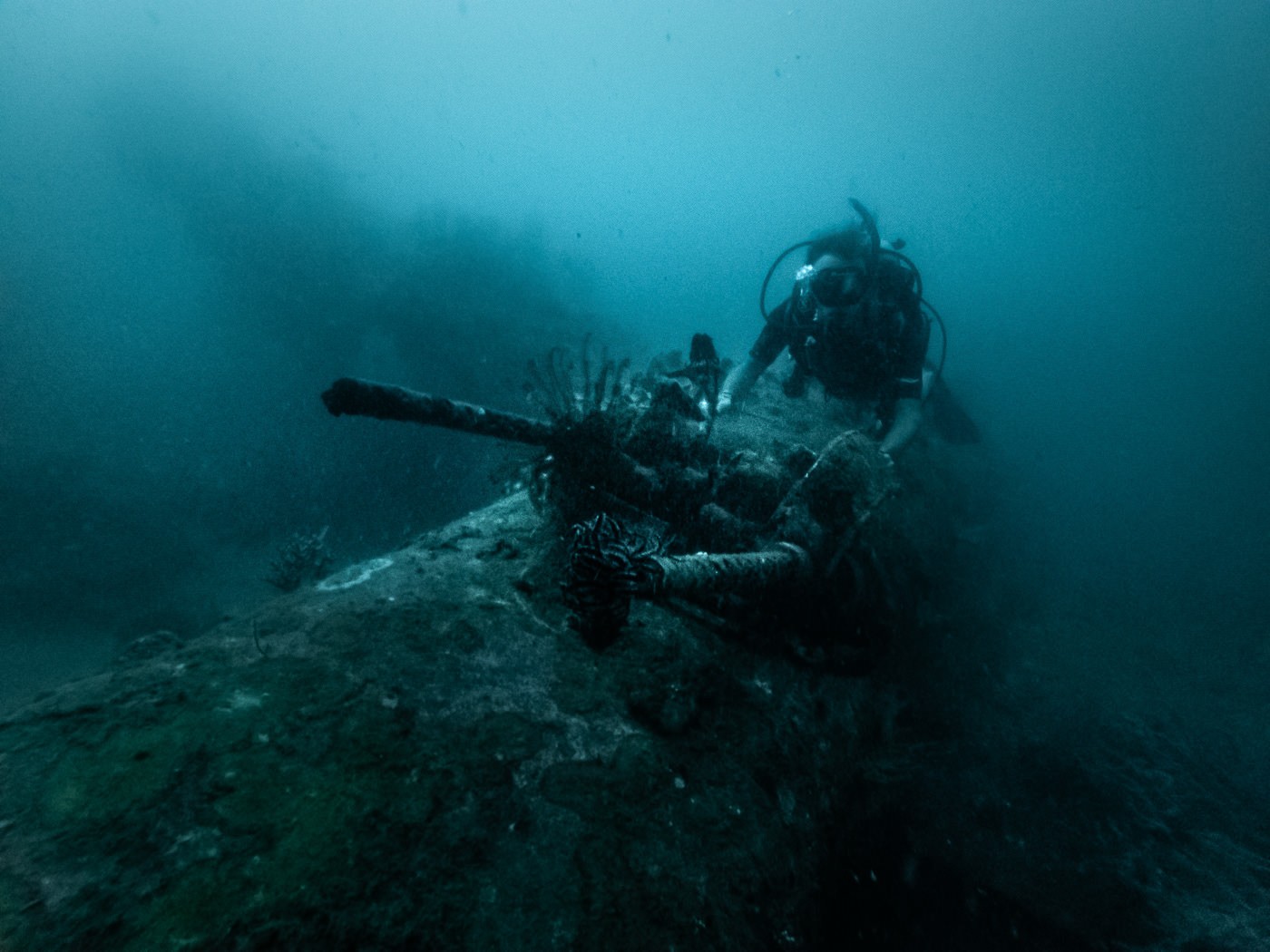
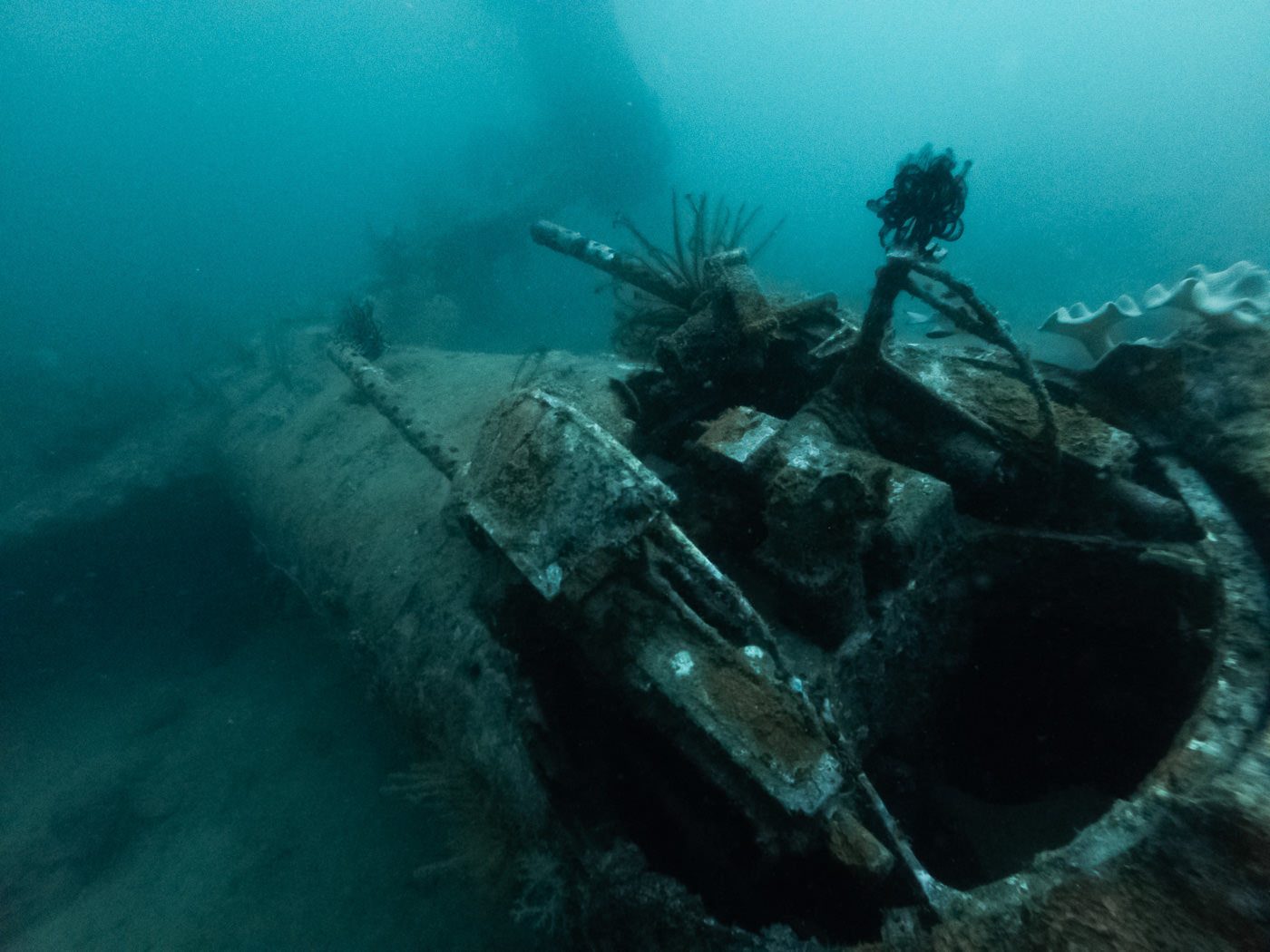
5. EXPERIENCE THE HAILIKU VILLAGE TOUR, CAVING AND CLIFF JUMP
The discovery of the Hailiku Village cliff jump in the jungle cave called ‘Mali Cave’ was a bit of an accident for us. It was a strange old day, in which 50 members of the village, young and old, led us through the rivers, caves, and watering holes of their community.
We drove out along a bumpy road through the jungle, passing by lots of small villages throughout the journey. When we arrived the kids led us through the jungle toward the caves. When we arrived it was a dark, scary cave full of water. I’m not sure exactly what they wanted us to do but we ended up deciding to have a cliff jump. I checked the landing area, climbed back up, and then sent a jump from the entrance. Locals never did that, apparently ever so they all loved it and a few of them joined in.
The other adventure at Hailiku Village was a tour of the Itanub Cave. It’s a deep cave complex where the locals have built access ladders out of bamboo. A small, narrow entrance opens out into a huge room inside the cave. During the war, it’s said the Japanese used the caves in these regions to hide out when necessary.
READ FULL BLOG POST: HAILIKU VILLAGE JUNGLE-CAVE CLIFF JUMP & VILLAGE VISIT IN MADANG
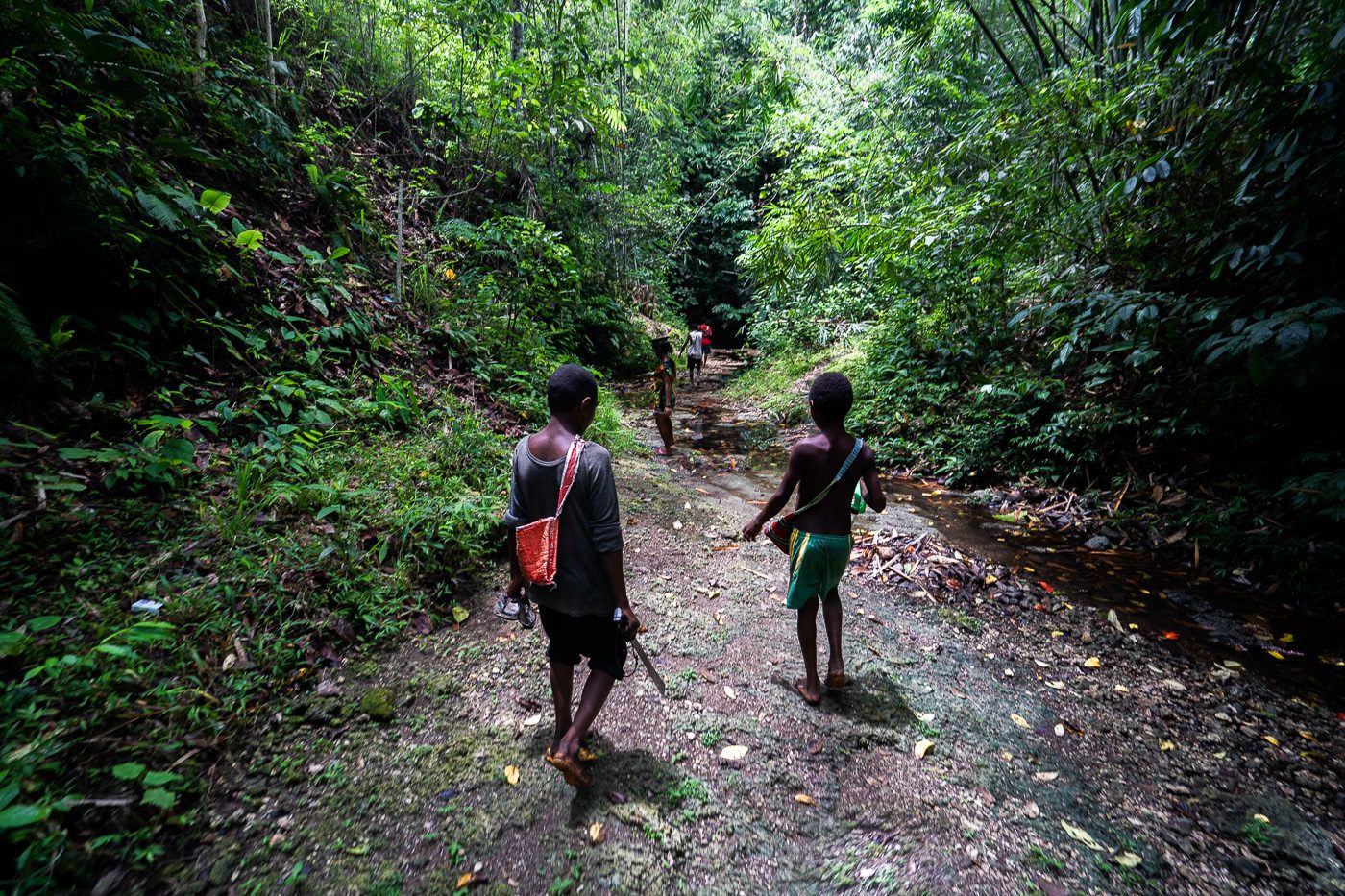
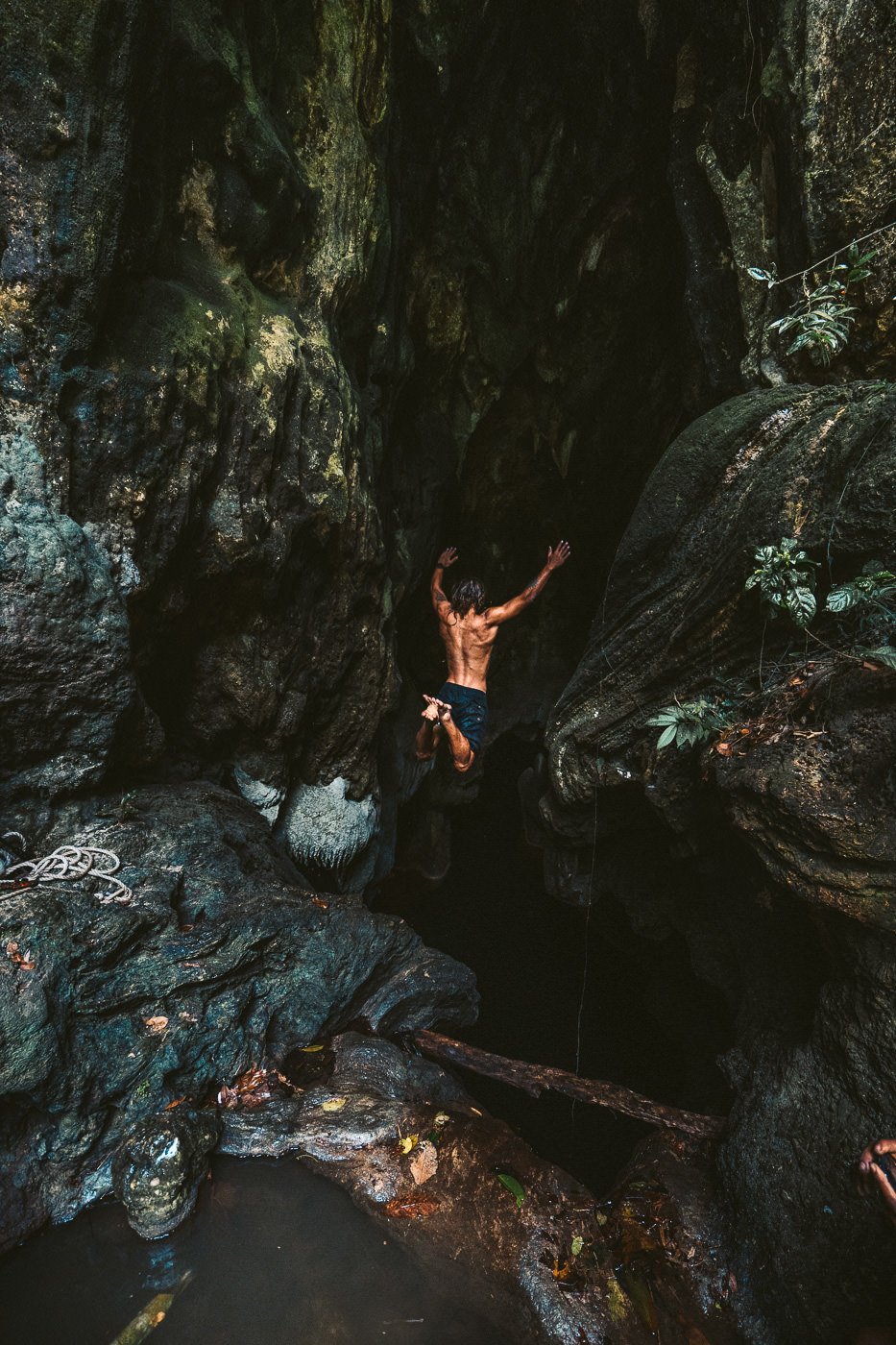
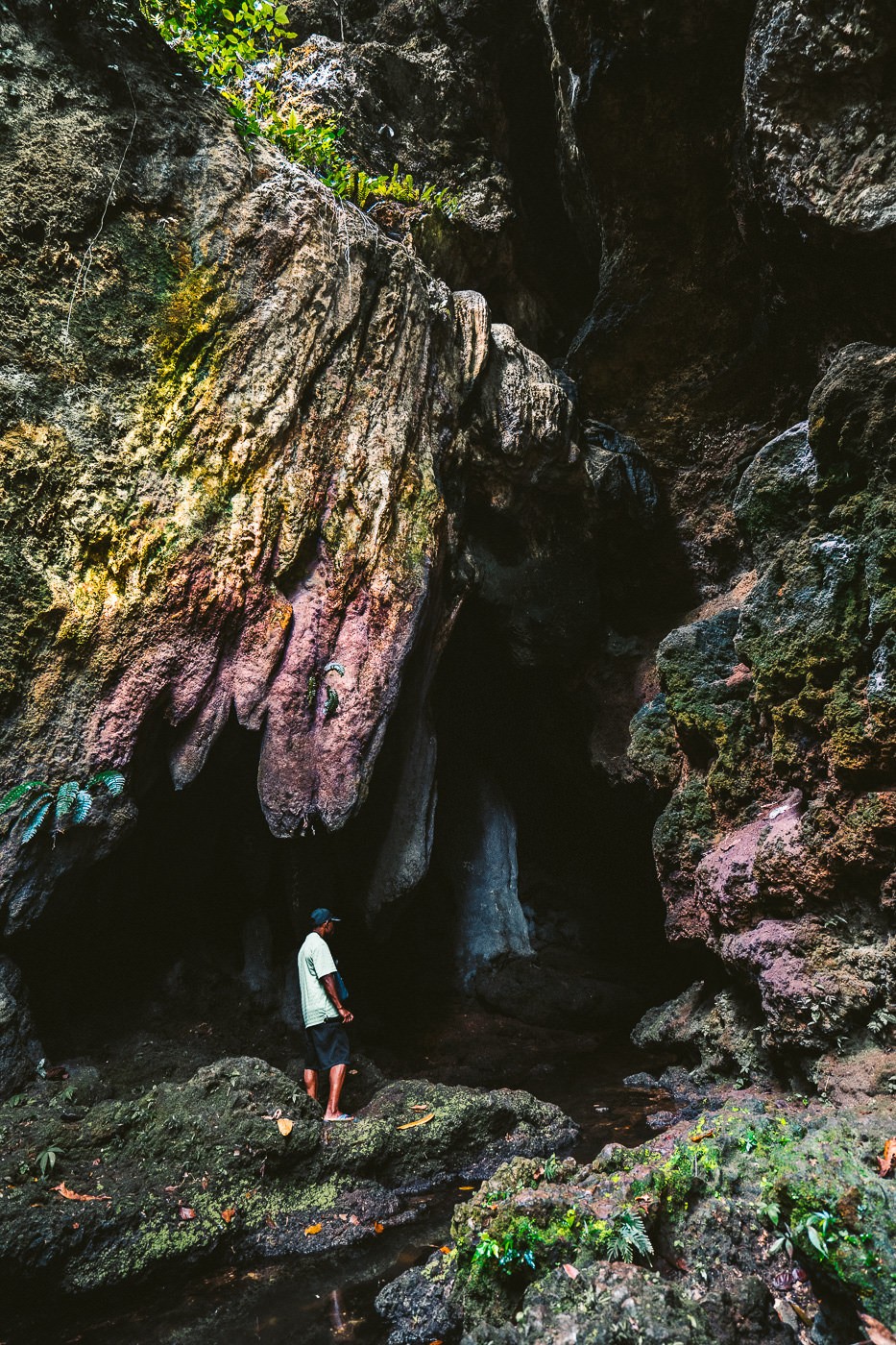
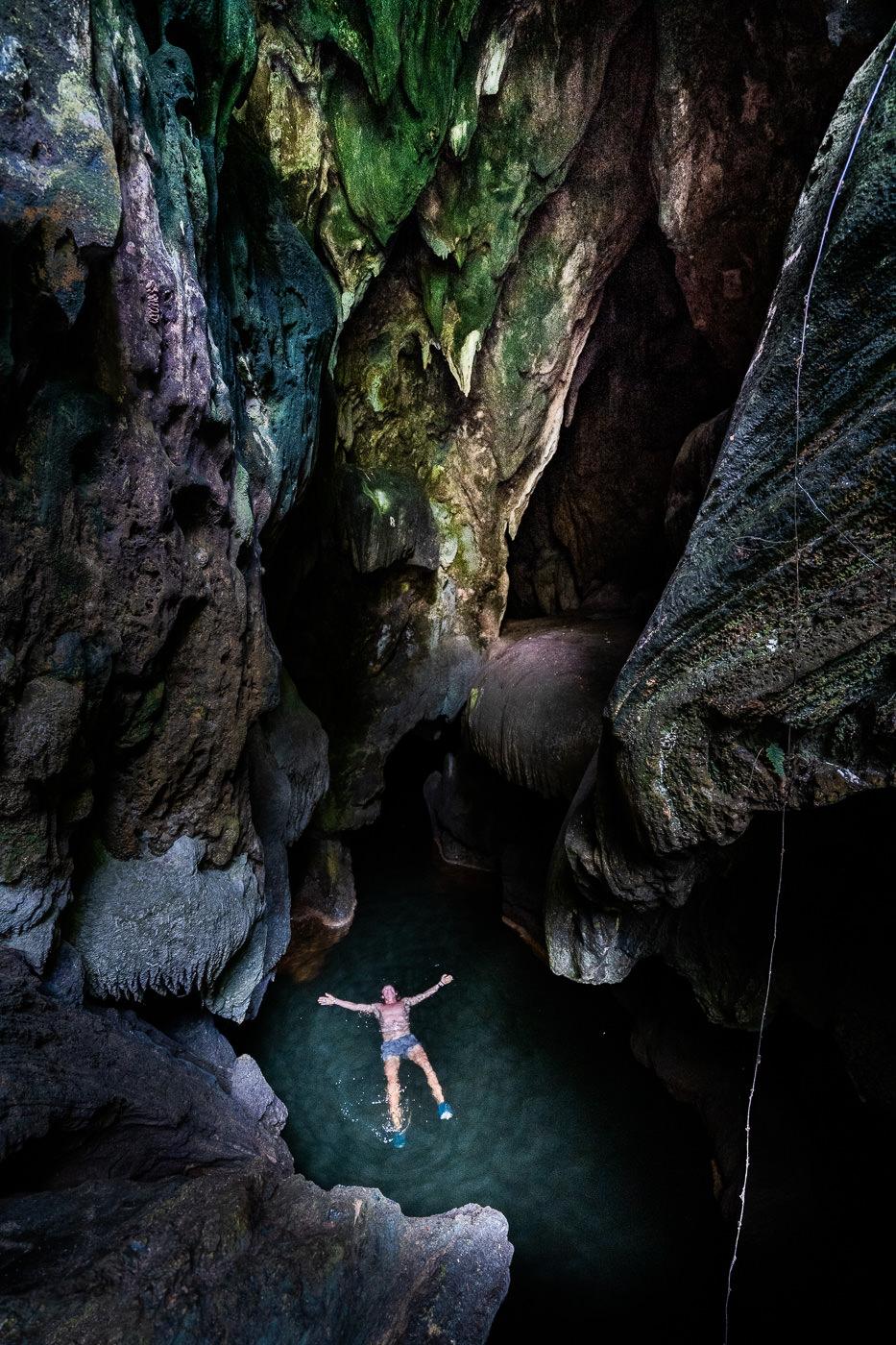
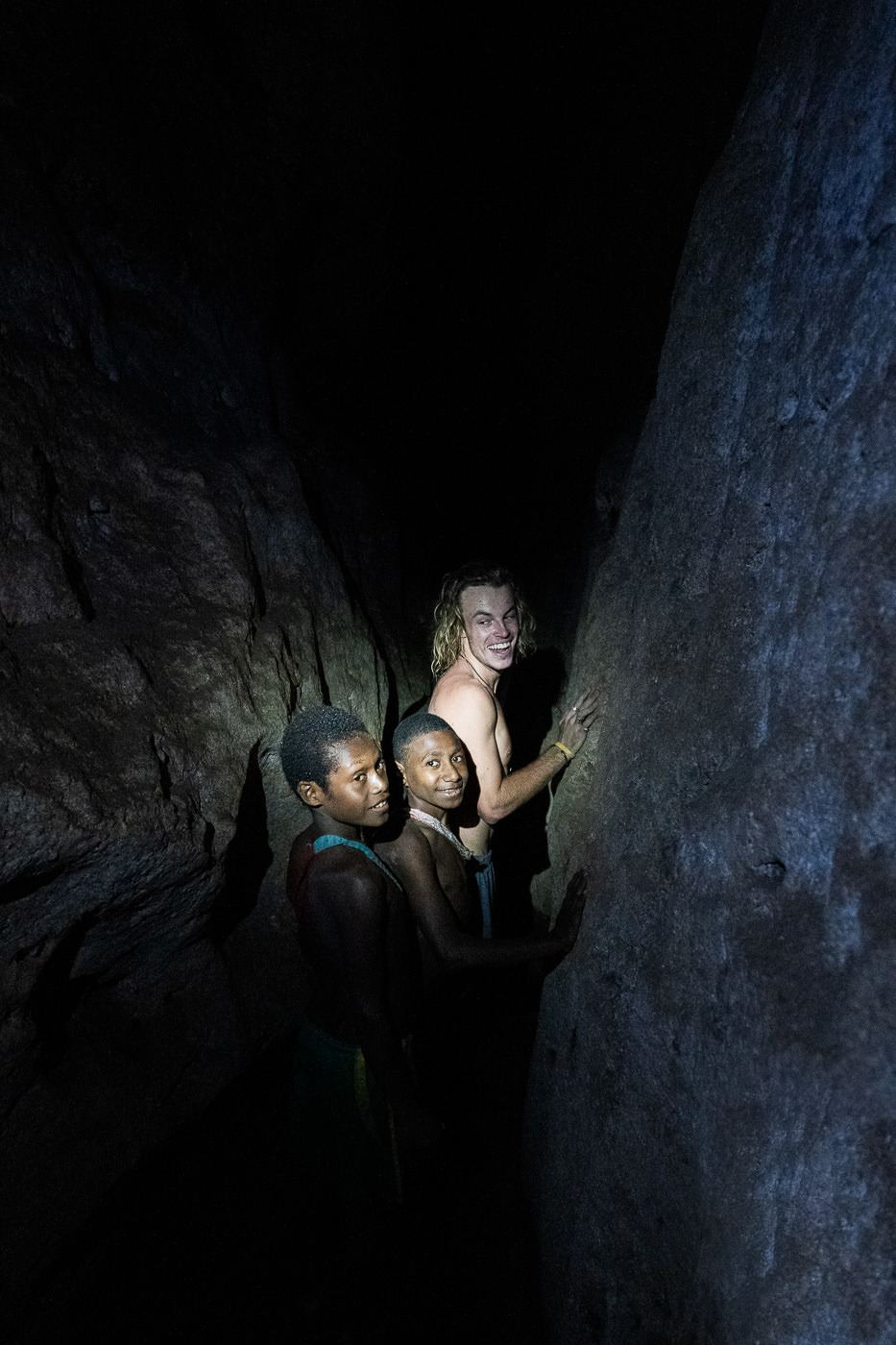
6. DISCOVER THE TALASEA PLANE WRECKS IN NEW BRITAIN
During World War II the South Pacific Sea was an explosive battleground between Japan and America. There was some serious action throughout Papua New Guinea, which means that inevitably, there are many planes and shipwrecks scattered throughout the island nation. Many of the plane wrecks are accessible by scuba dive but throughout our three weeks in Papua New Guinea, we also visited a number of plane wrecks on land. The most impressive of them all was the Talasea plane wrecks in New Britain.
The Talasea Plane Wrecks are found in an area to the west of Kimbe Town in West New Britain, Papua New Guinea. It’s just a 30-minute drive from Walindi Plantation Resort.
The Talasea Plane Wrecks are in the same position they crashed in. They haven’t been moved but a palm-oil plantation has been planted in the region, replacing the former town. This means that the jungle is slowly overtaking the two bomber wrecks found at the site. The wrecks are on either side of the road and you can explore each with just a 20-yard stroll from the road making it an easy activity after a day of scuba-diving or island-hopping.
READ FULL BLOG POST: TALASEA WWII PLANE WRECKS IN NEW BRITAIN, PAPUA NEW GUINEA
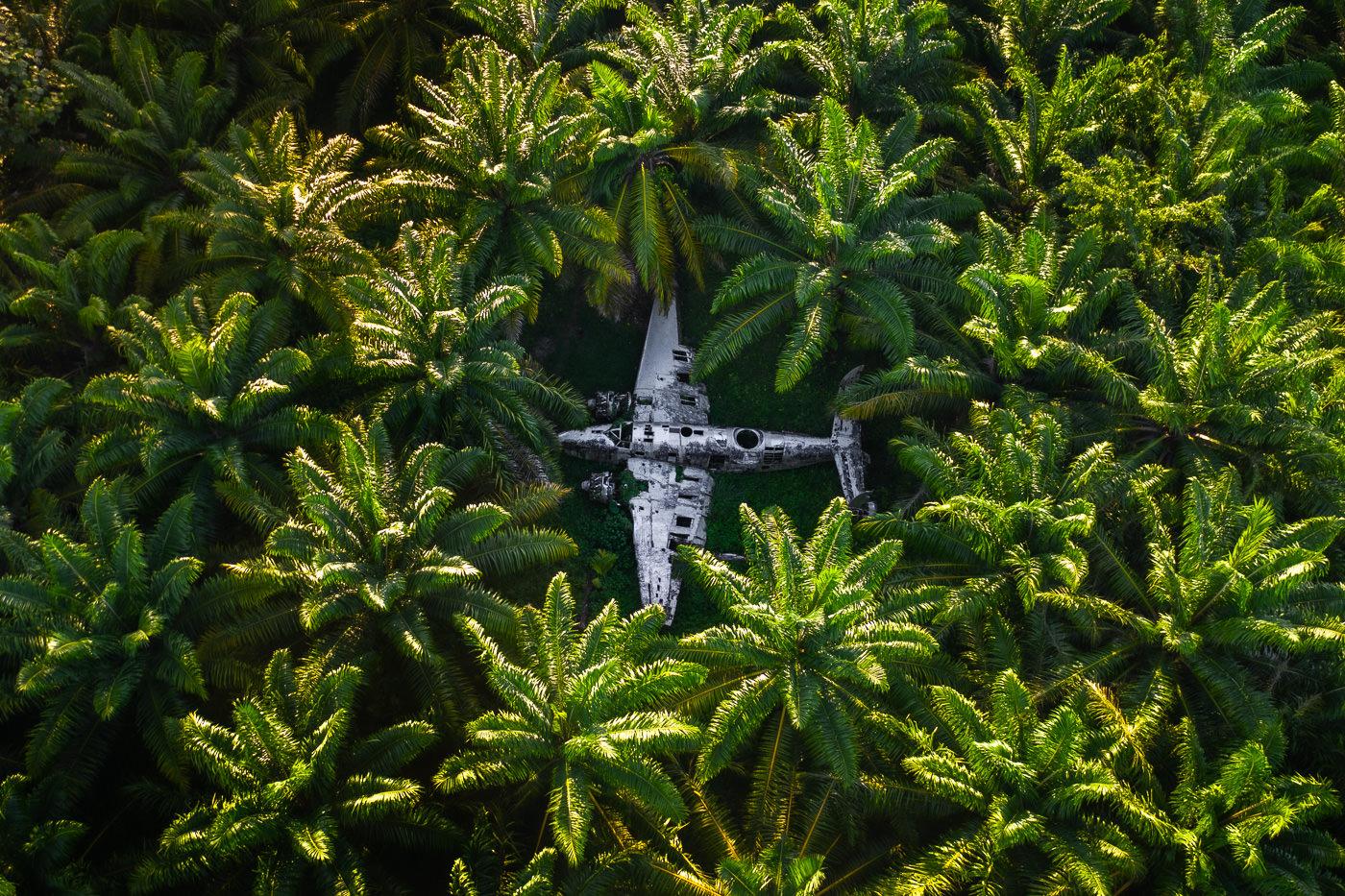
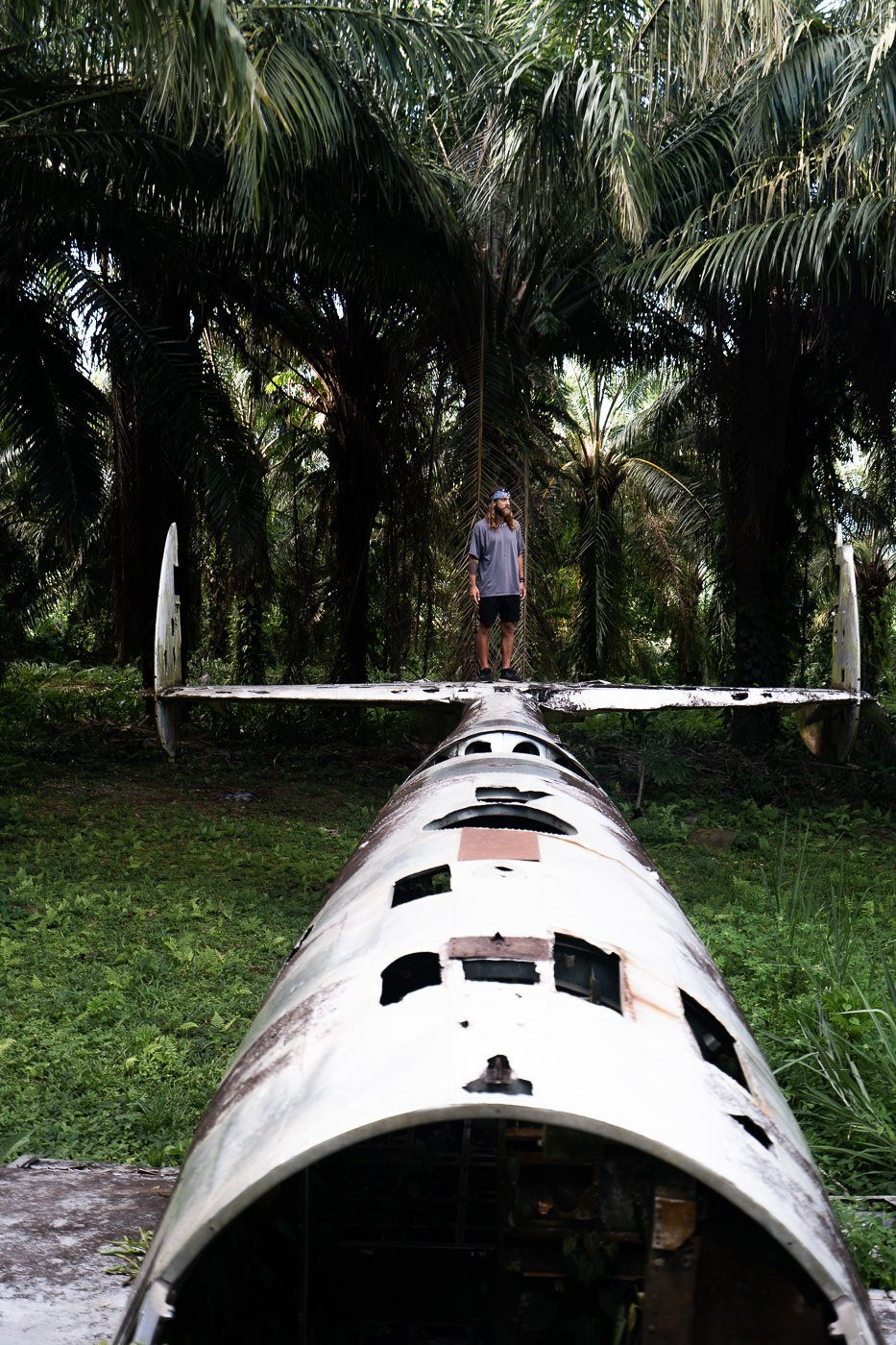
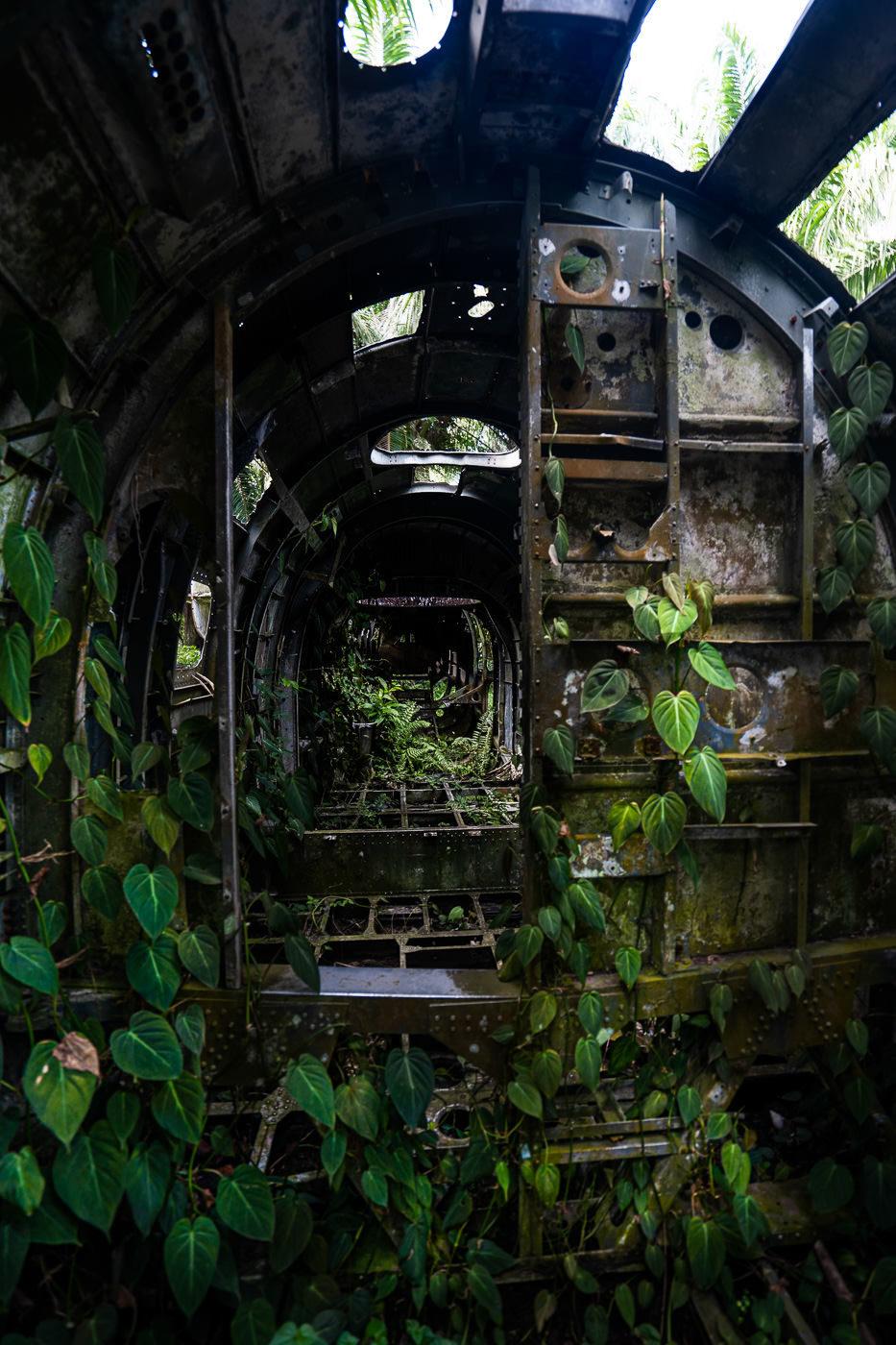
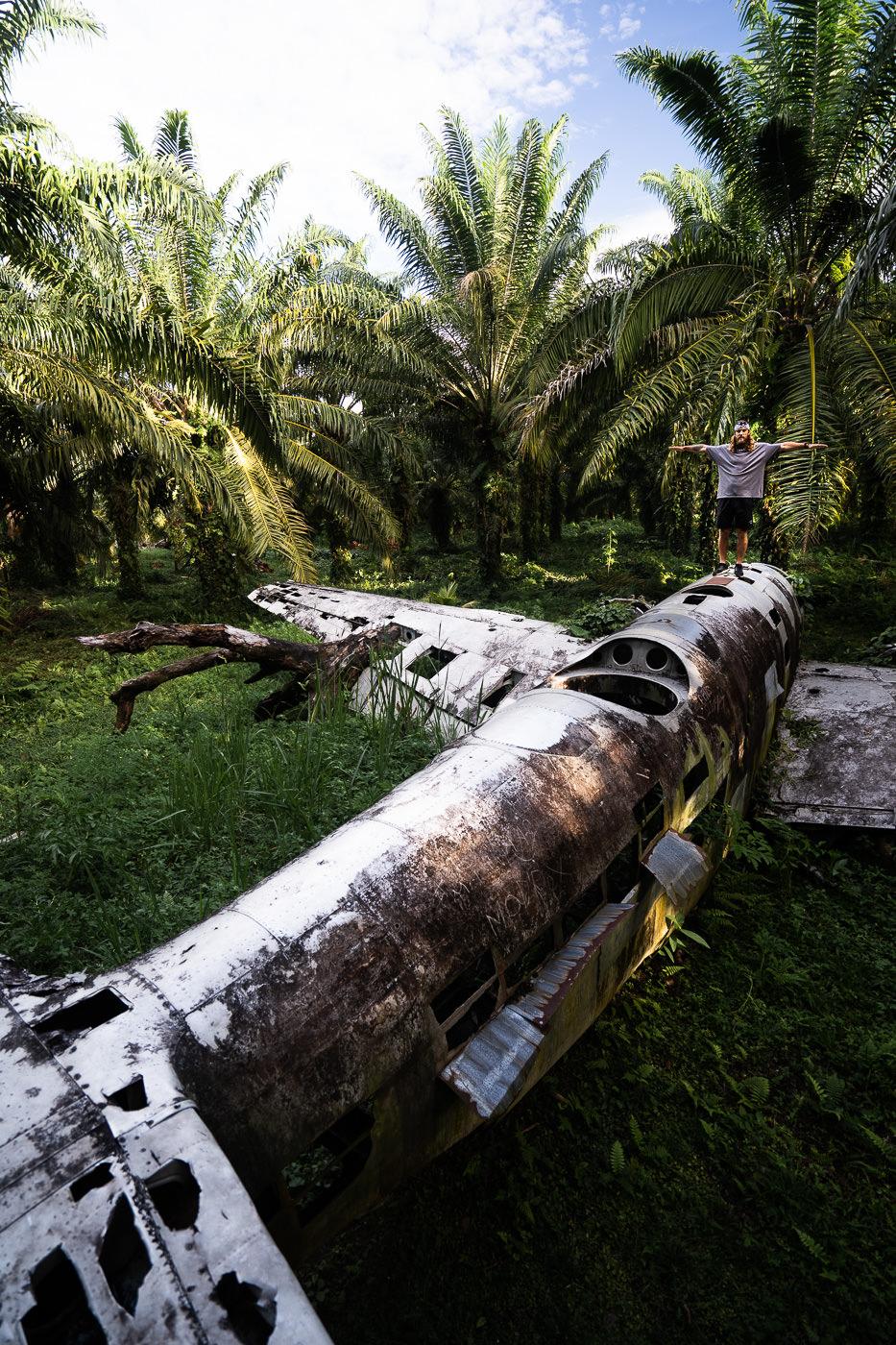
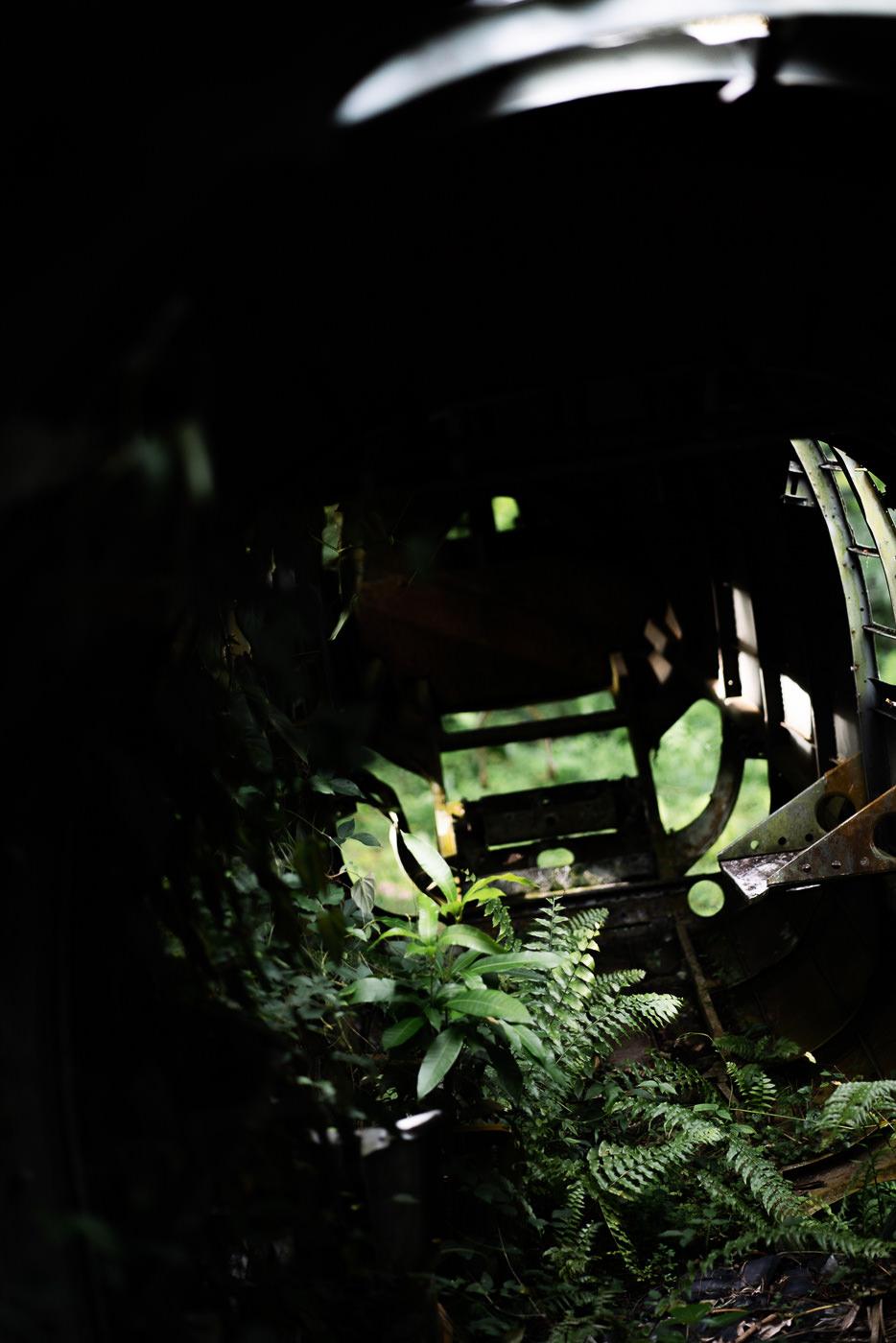
7. HIKE TO THE TOP OF MOUNT GARBUNA VOLCANO
Mount Garbuna (sometimes named Gabuna) is just 20 km from Kimbe in New Britain. Sitting atop the lush, forested mountain is one of the largest thermal fields in all of Papua New Guinea. The three-hour, 8-kilometer trek through the forest is rich with birdlife and hundreds of different plant species. Once you emerge from the forest, the smell of sulfur fills the air as bubbling thermal pots send plumes billowing into the sky.
The hike begins from the small village at the foot of the mountain. A group of kids, some running around naked, met us as we emerged from the Landcruiser.
With 2L of water each and a sandwich packed (and of course all our camera gear), we head off into the jungle. The trek is 8 kilometers up and you return the same way so it is a total of 16 kilometers for the entire journey. The incline was about 850m in total (depending on what peaks you climb at the summit).
At the summit, we scampered across the muddy plains, weaving in between the countless dead trees. We climbed our way up the ridge and made it to the base of the sulfur pit where we found a thermal field with bright yellow sulfur creating small chimneys where the plumes of smoke flowed out. The entire scene is just very wild and with no other tourists or even locals around, it felt like we were on another planet.
READ FULL BLOG POST: MT. GARBUNA VOLCANO HIKE IN NEW BRITAIN, PAPUA NEW GUINEA
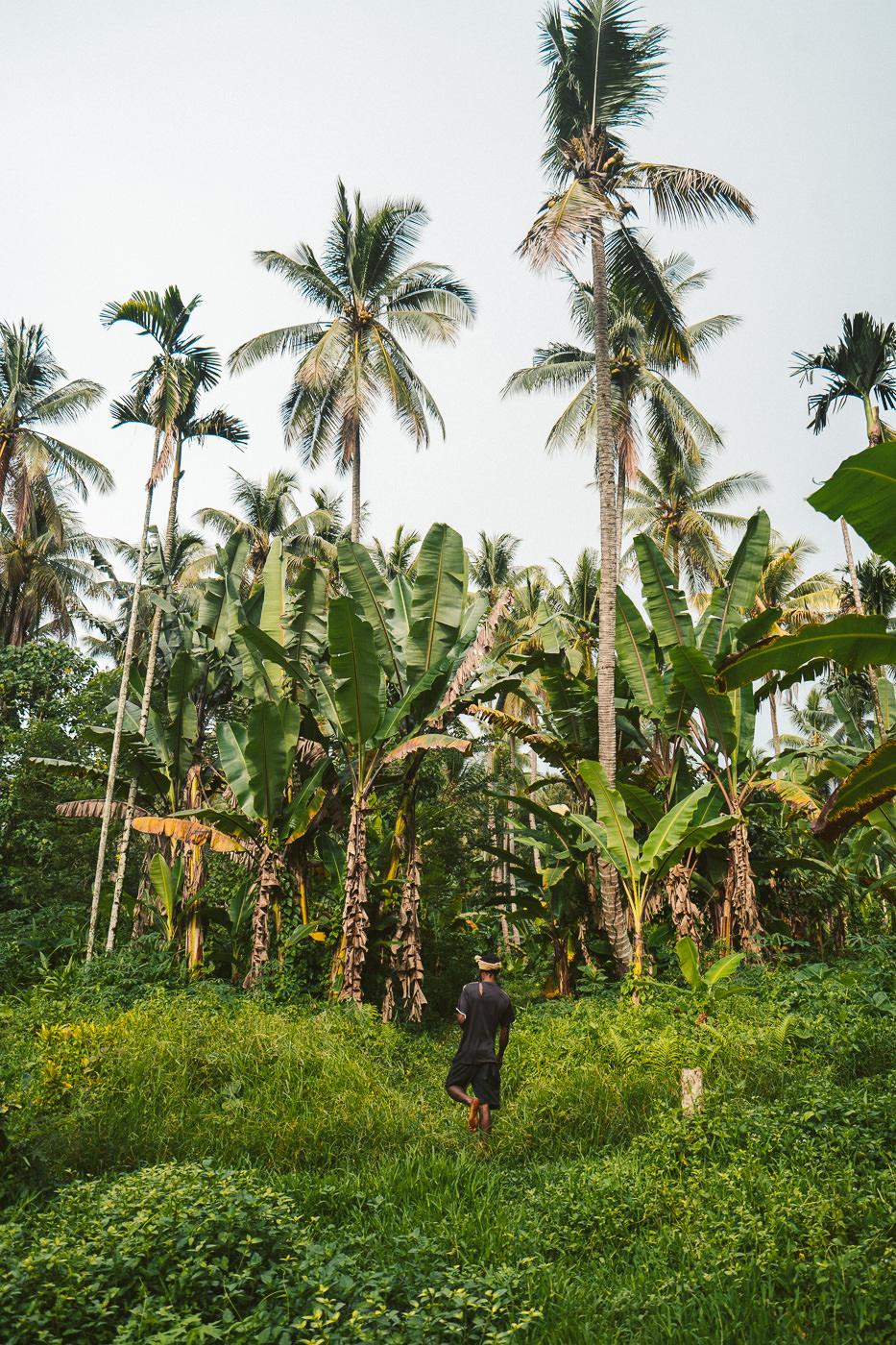
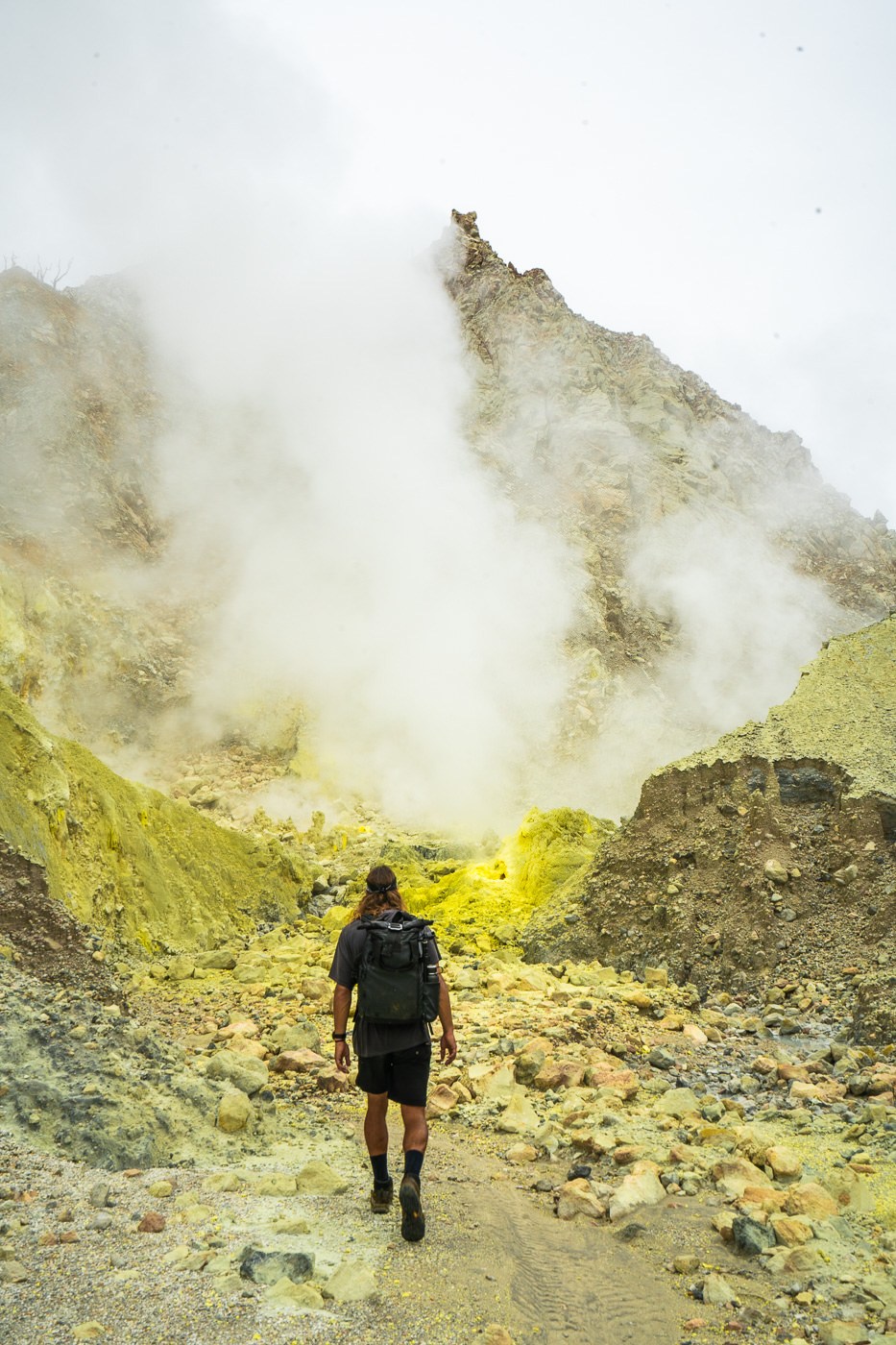
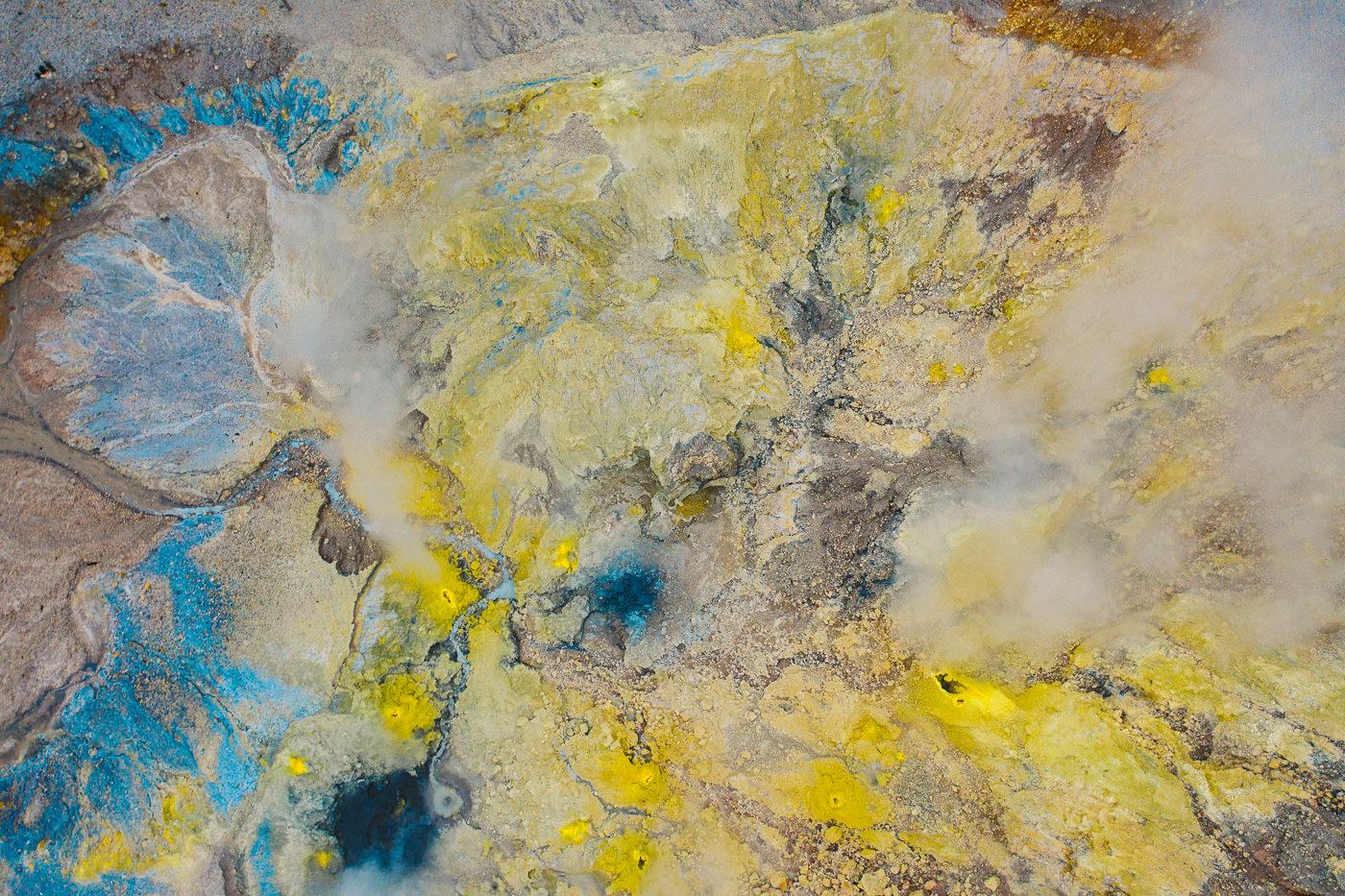
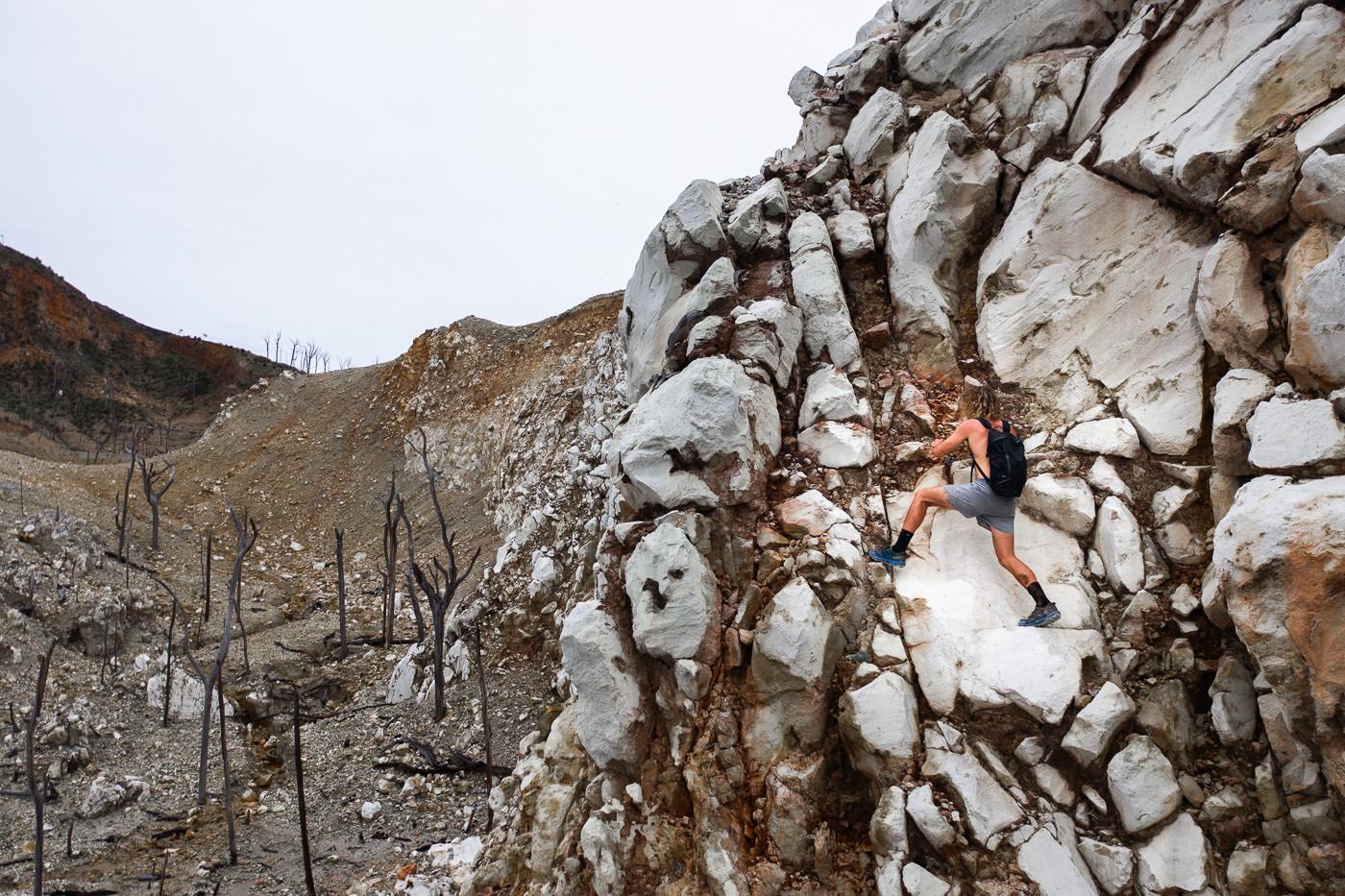
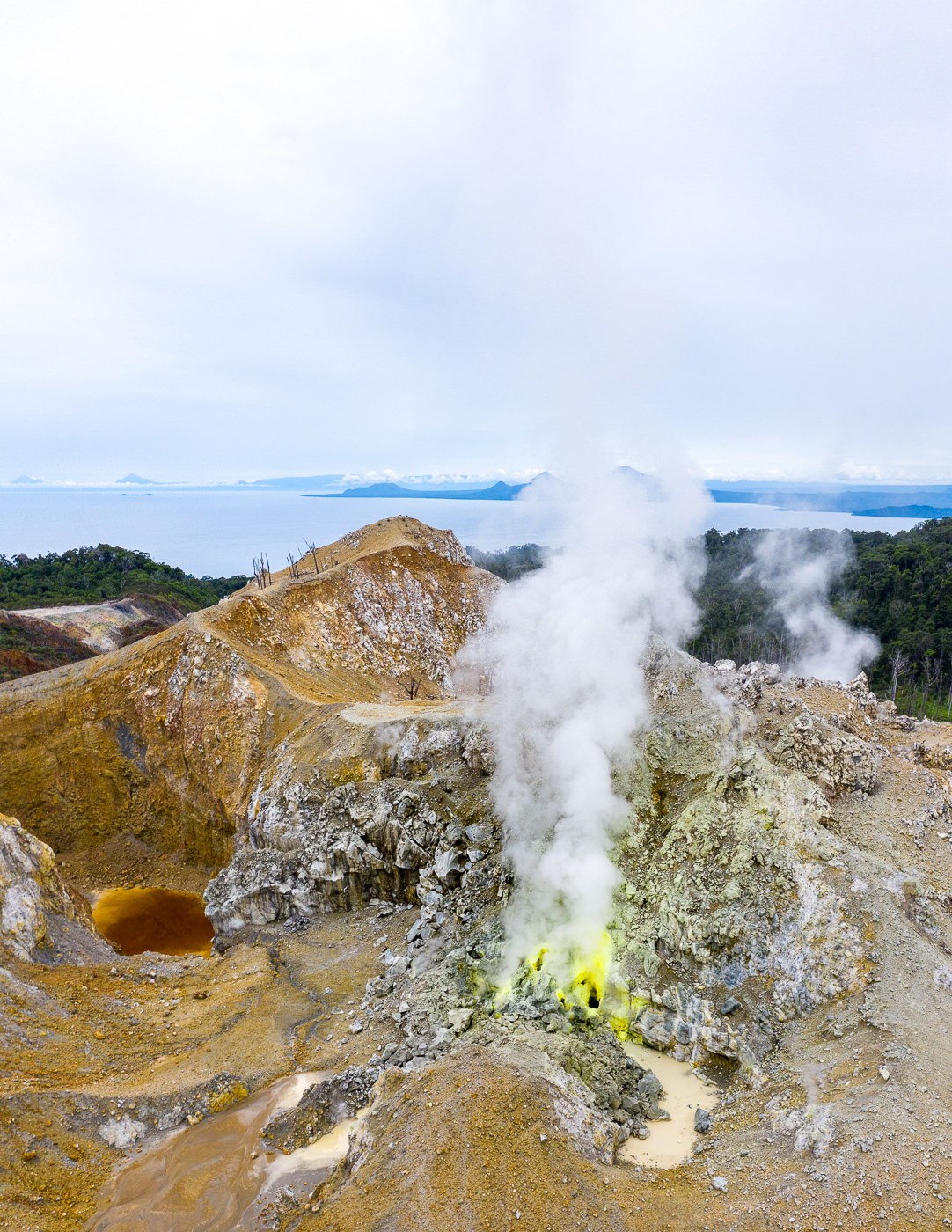
8. SOAK IN THE ENCHANTED HOT GARU RIVER
The Garu Hot River in New Britain is one of the most enchanting places I’ve ever visited. Hidden in the jungle, this Papua New Guinea gem is truly magical. A crystal clear river steams at temperatures close to 40 degrees warmed by the thermal fields of the volcano. It’s a perfect place to soak in the natural spa while taking in the lush jungle surroundings.
READ FULL BLOG POST: THE ENCHANTED ‘GARU HOT RIVER’ IN NEW BRITAIN
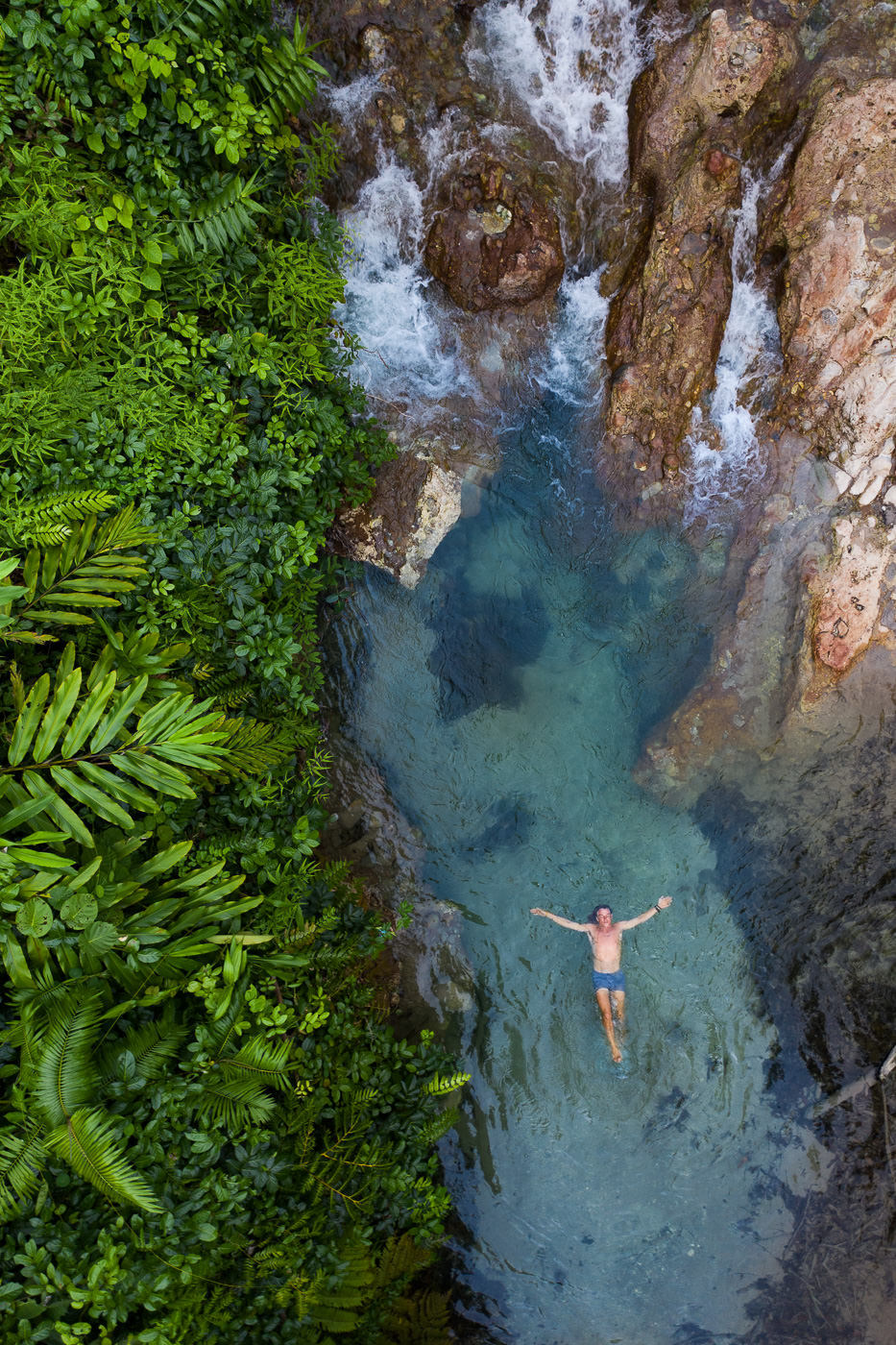
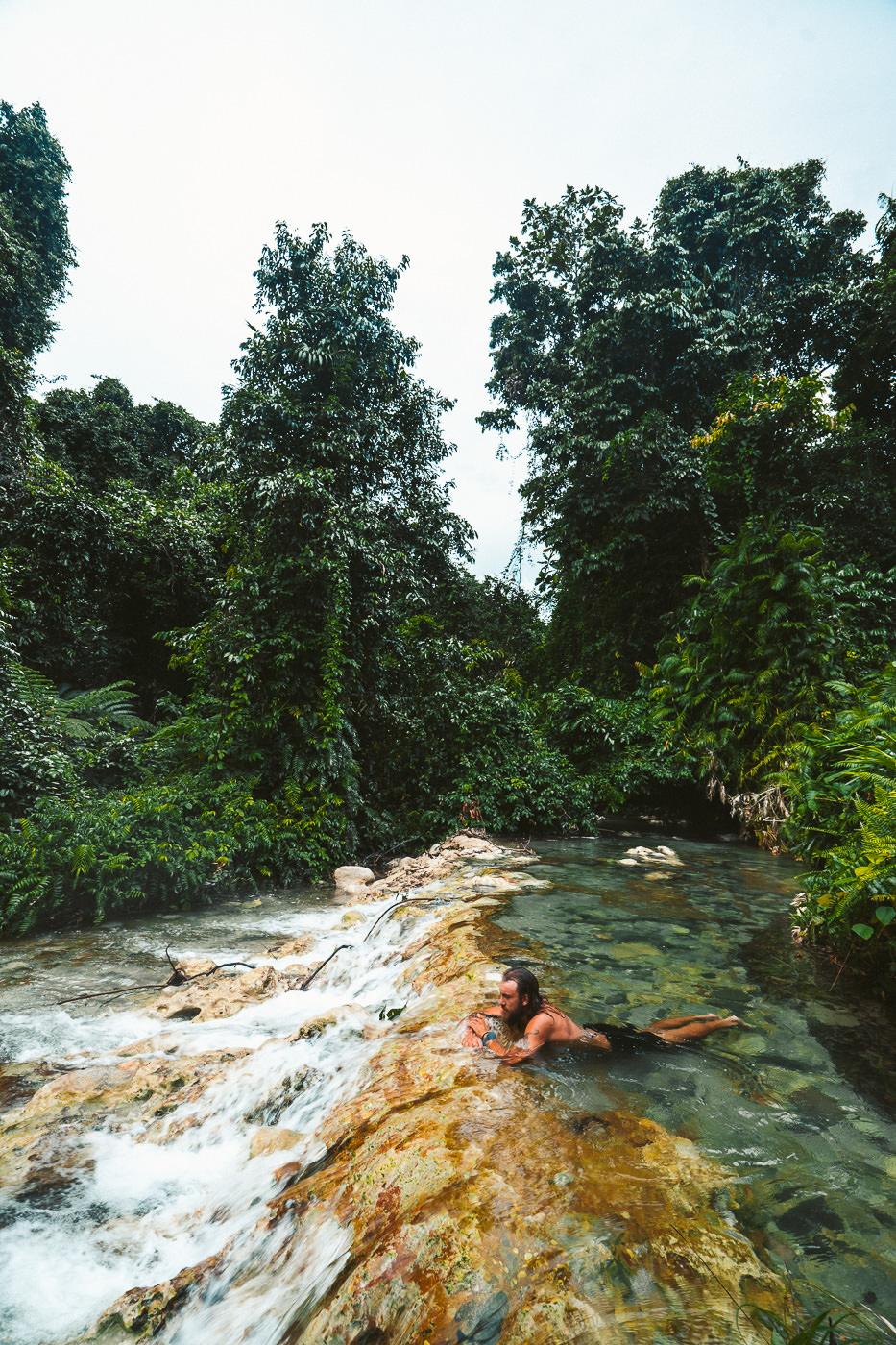
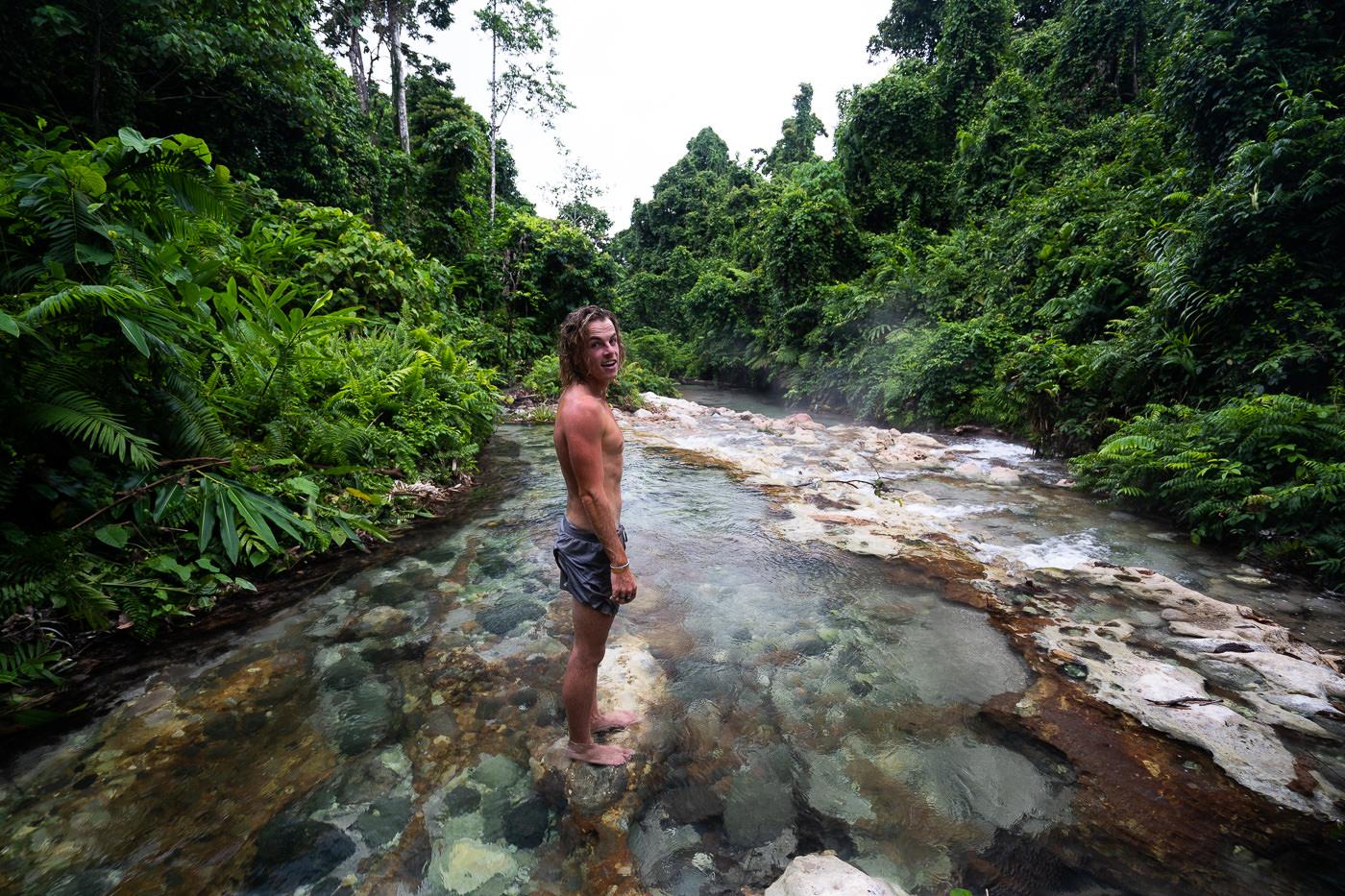
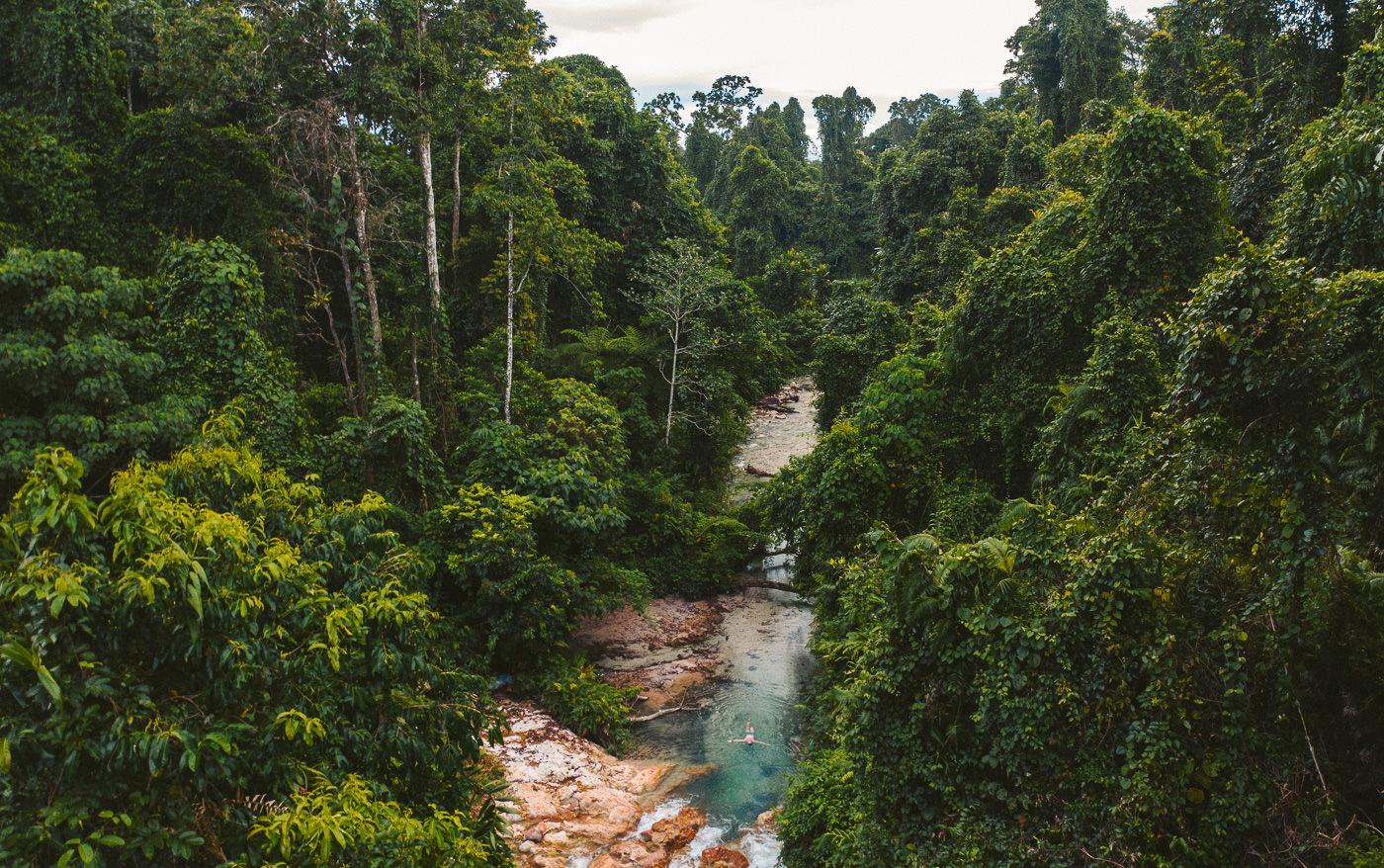
9. ISLAND HOPPING IN KIMBE BAY
The island hopping in Kimbe Bay is like nowhere else. I say this because there is literally one tour operator and that’s it. This means there are no other boats and no other tourists. It’s just you and nature.
We did an entire day of island-hopping with Walindi Plantation Resort and it was just incredible! I’m talking deep blues, tropical turquoise, and a jungle full of green. We swam through underwater caves, snorkeled with colorful fish and coral, and watched birds nesting on the islands as we sat on the boat.
I’ve been to a lot of beautiful tropical destinations and this region is definitely up there is the most pristine and stunning I’ve come across.
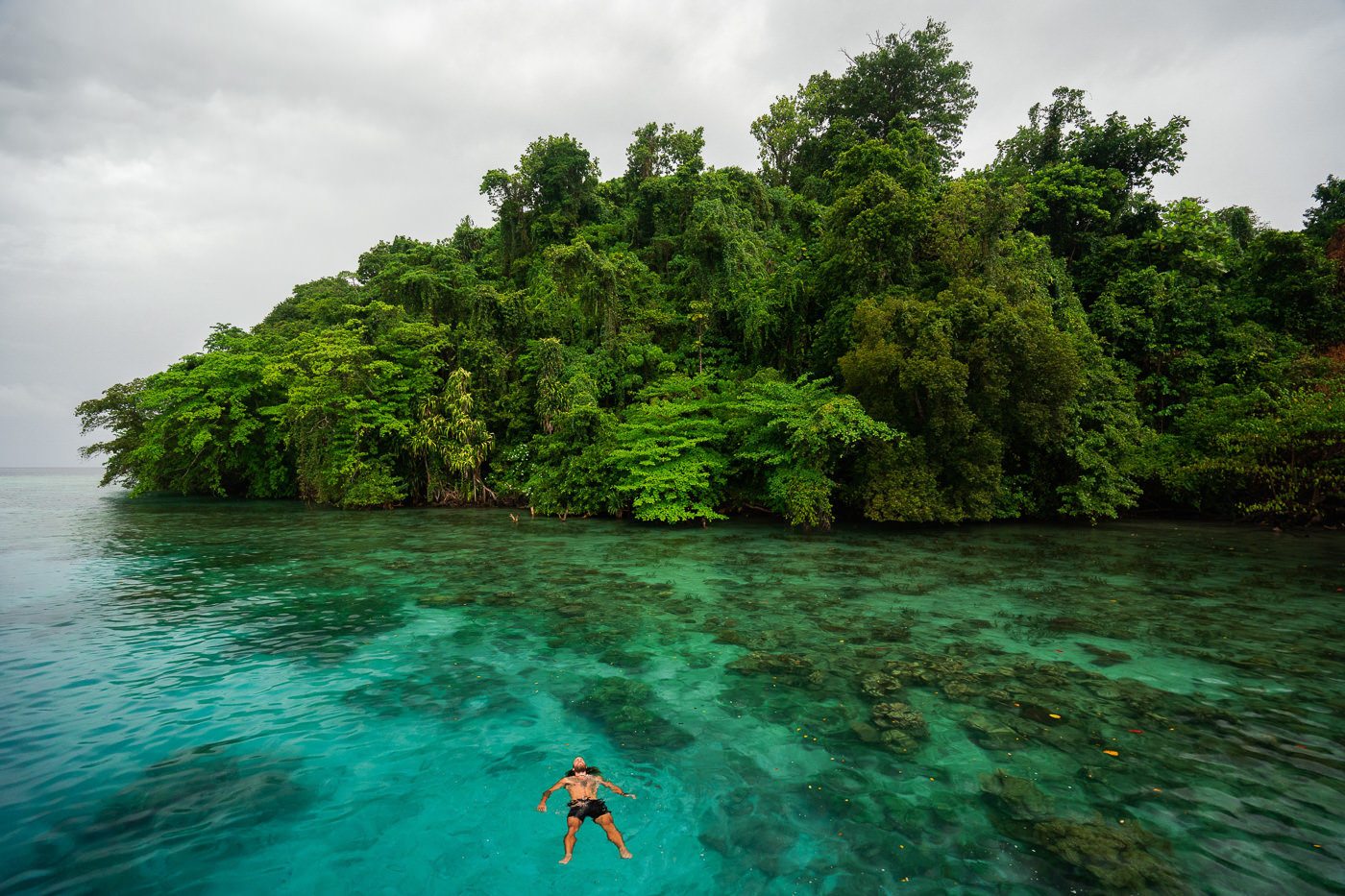
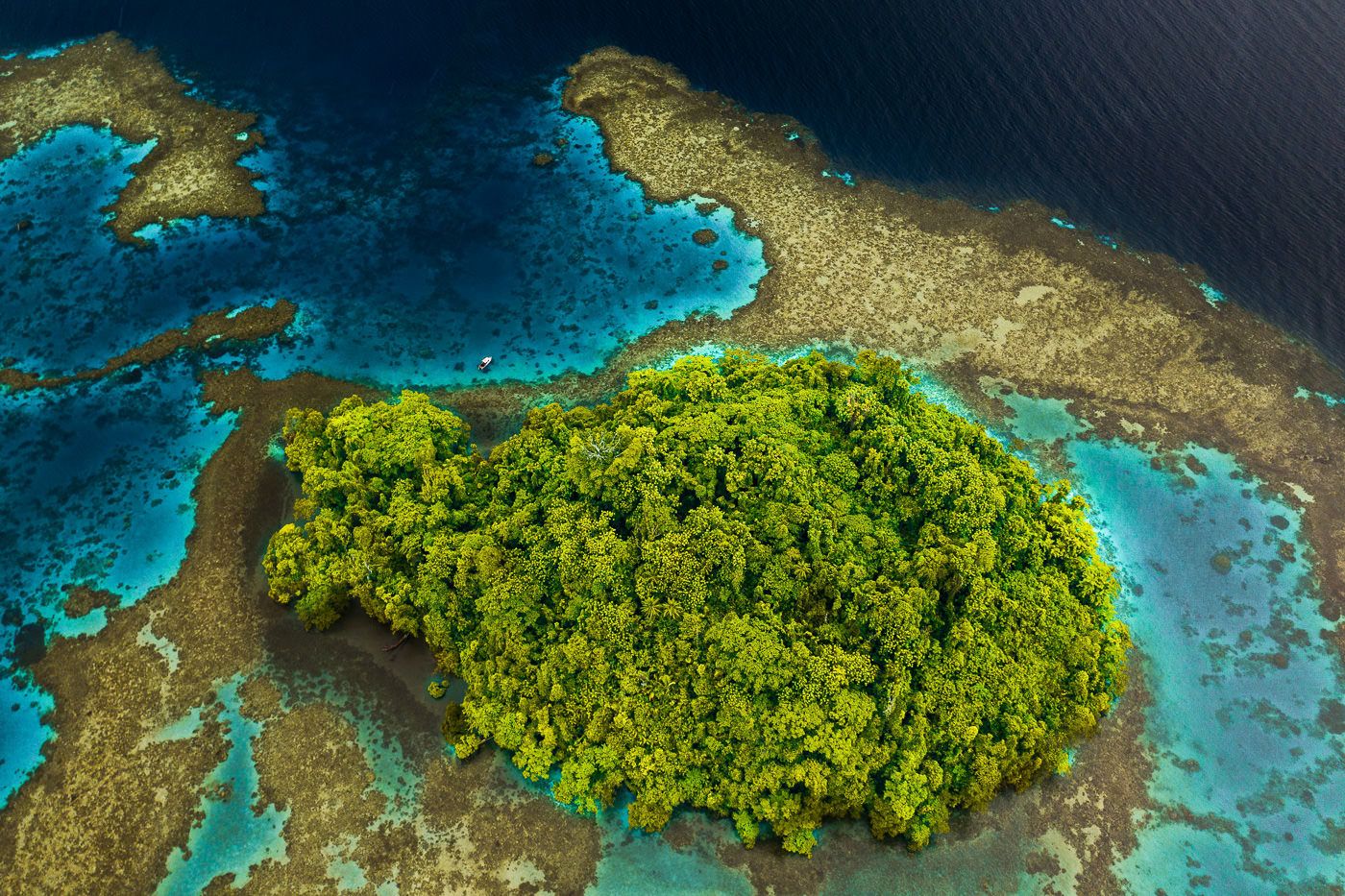
What are my favorite pieces of travel gear?
There are four pieces of gear that I simply never travel without. These are four items that I using right now and this list gets updated every year! Here are my travel essentials.
- Packing Cube Set: Once you cube you’ll never go back. Organize your clothes within your luggage with these smart mesh containers. It will revolutionize your packing.
- Quick-Dry Towel: A quick-dry towel is a must for travelers. It hardly takes up any room and dries in seconds.
- Travel Wallet: Keep your passport, wallet, and vaccine card safe as well as any forms and important documents you need to store.
- Grayl GeoPress Water Filter Bottle: I’ve used this for three years. It filters your water with one press and you can drink directly from it. Never buy a plastic water bottle again!
10. SNORKELING AND SCUBA DIVING IN KIMBE BAY
Papua New Guinea is up there as one of the best diving destinations in the world. The sits can often be a little remote to reach but once you are there, settle in for a week of mind-blowing underwater action.
Walindi Plantation Resort is the home base for all of the diving in Kimbe Bay and some of the dive sites are just off the charts. You can go snorkeling, free-diving, and scuba-diving at locations that are in pristine conditions. Thousands of fish, corals, dolphins, sharks, and turtles call the reefs home. The water clarity was just ridiculous in some spots and we could see 40-ft deep with perfect vision just from the deck of the boat.
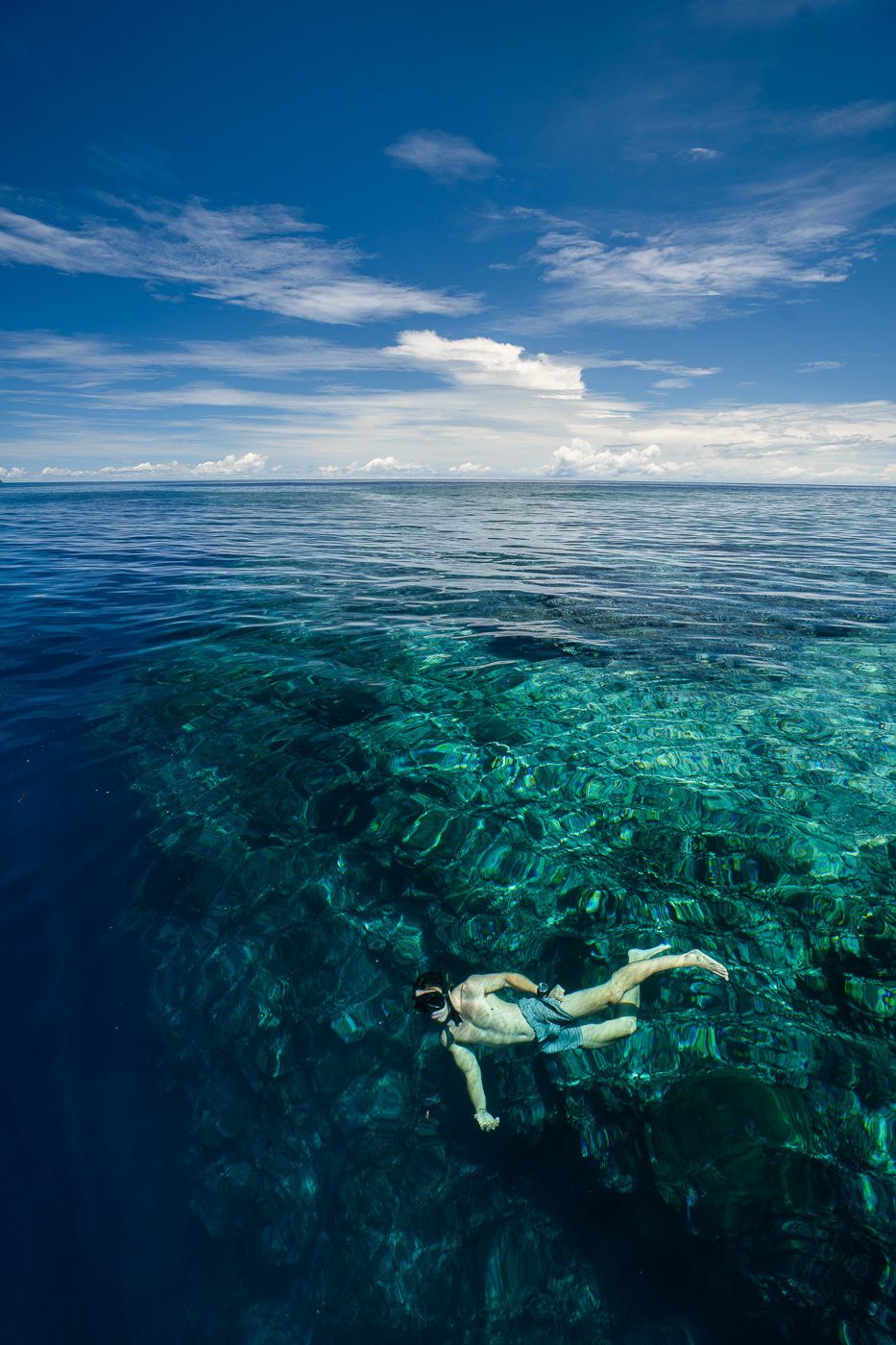
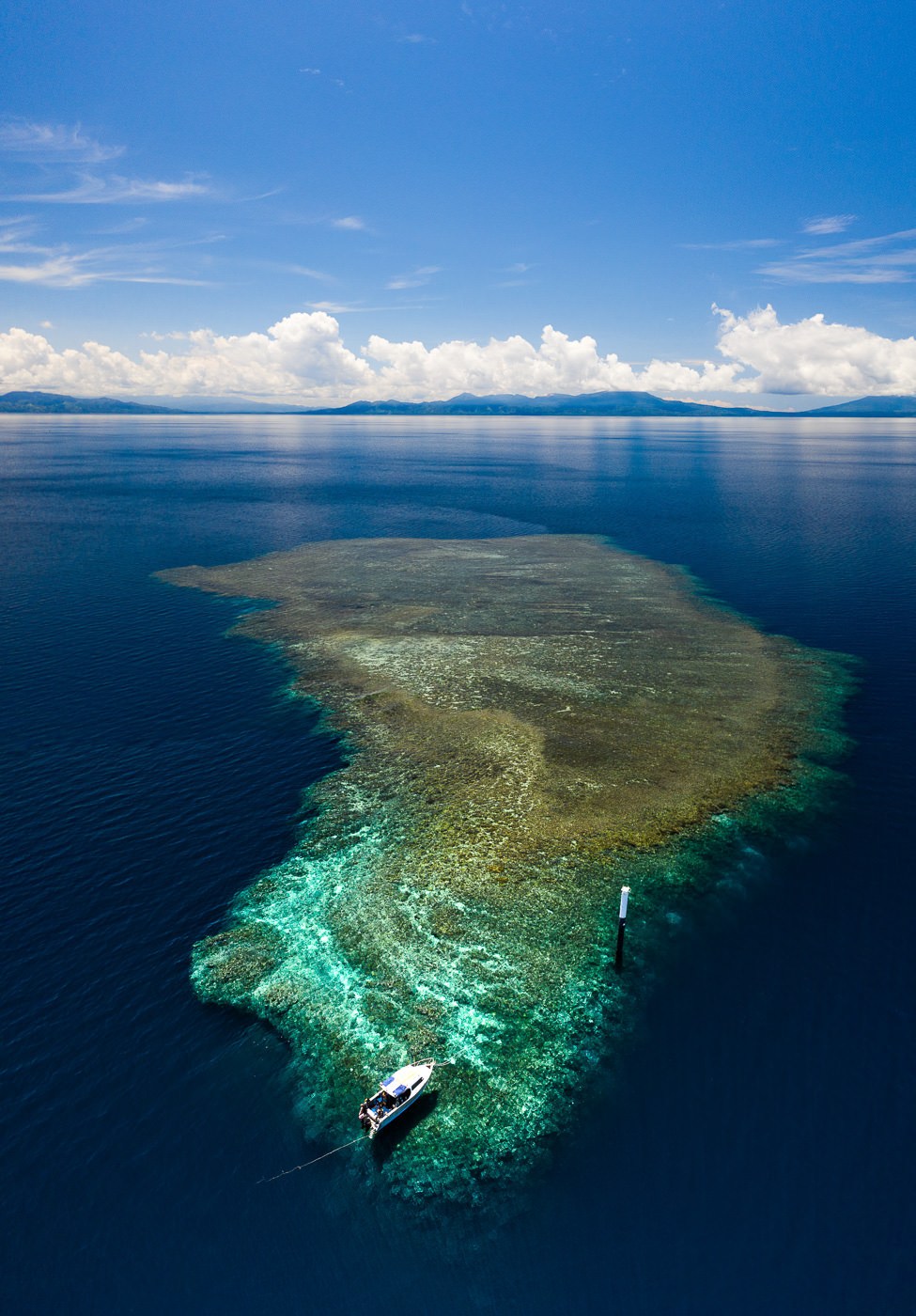
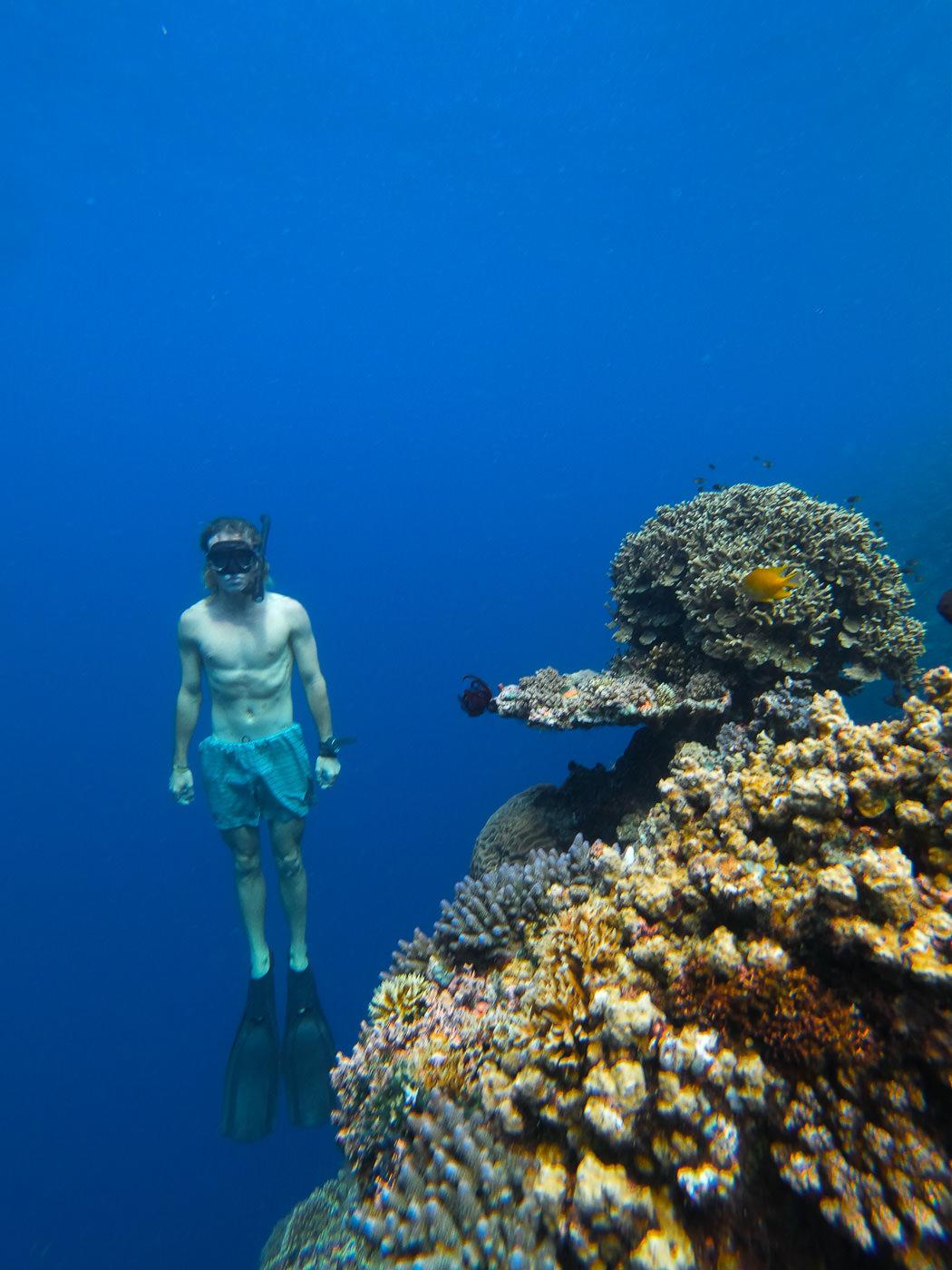
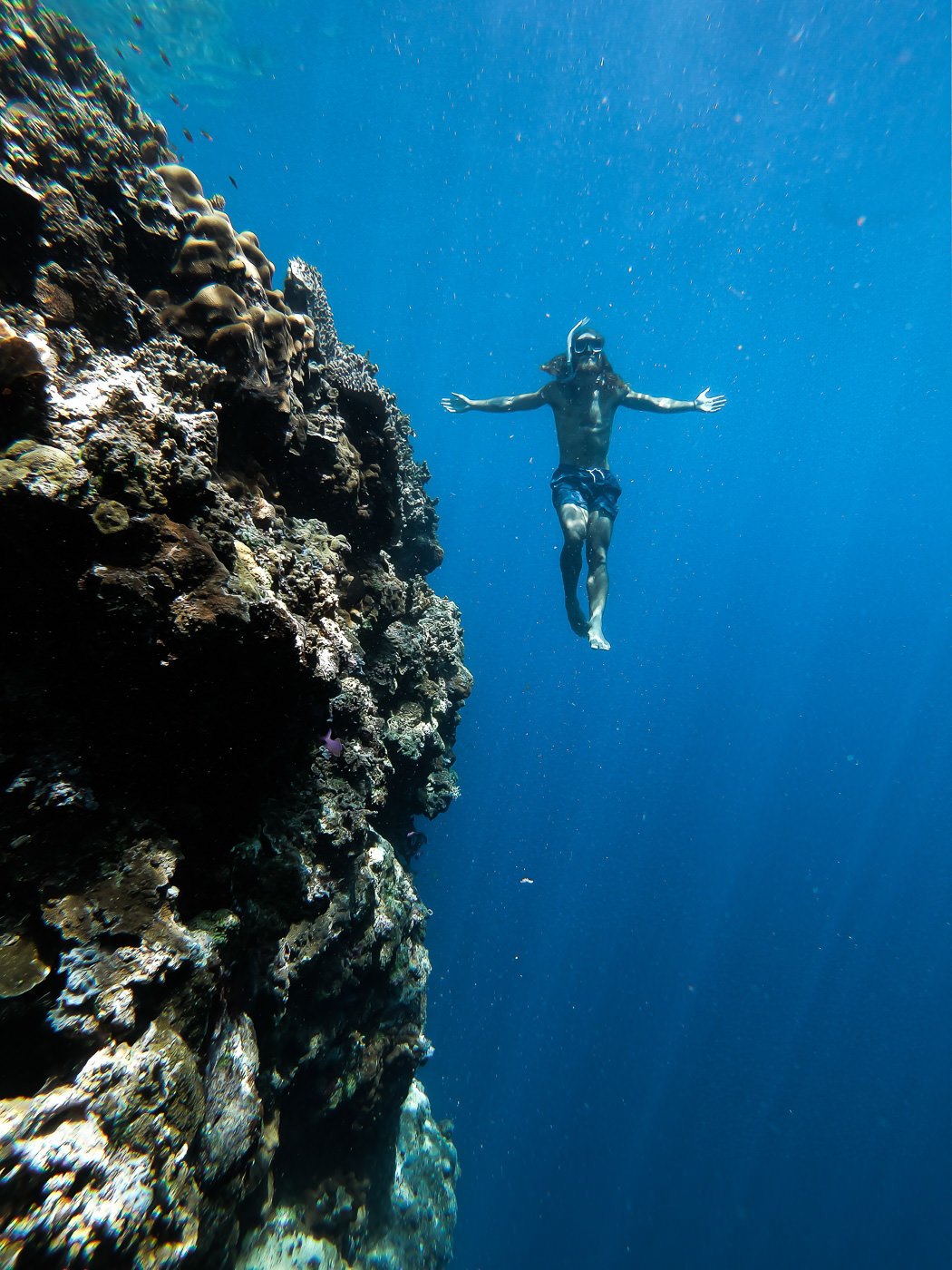
Okay! Now that we have covered all of the spots I visited during my trip to Papua New Guinea, I’m going to give you some tips and advice for your trip.
BEST TIME TO VISIT PAPUA NEW GUINEA
The best time to visit Papua New Guinea is between April and October as this is the ‘least’ rainy season of the year. However, it is important to know that it is raining all year round, just less in certain periods of the year. Most of the festivals also take place during the dry season, which is some of the key attractions for traveling to Papua New Guinea.
Between April to October is also the best time for the Kokoda track and most operators aren’t open for business from November till March due to the rainy season.
PAPUA NEW GUINEA VISA
Visa on arrival is possible for all countries in the EU, Australia, the USA, and most other pacific nations. For the full list of countries that can get the visa on arrival, you can click here. The visa on arrival is free and valid for 60 days.
SOLO TRAVEL IN PAPUA NEW GUINEA
At this stage, I would say solo travel in Papua New Guinea is possible but not something I would recommend. The infrastructure and travel community is just not there.
- To transit as an individual is quite difficult. Without registered public transport available in most places the best option would be hitchhiking to get to certain destinations. Plane travel and private/pick-up or shuttles were our main transportation. For example, to get from Mt. Hagen to Betty’s Lodge was a 4-hr drive and Betty picked us up. There is no opublic transport. If you booked this pick-up on your own it will cost a lot, which is why most people do tours and group trips in Papua New Guinea.
- Safety is a question many ask about Papua New Guinea. Even after three weeks, I don’t feel too qualified to answer the questions I get about safety. Our entire trip was on a group tour or with a guide. However, I never felt unsafe when I was in the provinces. I can imagine Port Moresby can be a bit rough around the edges. It seems like the kind of place you don’t venture out alone at night or even at all to certain areas. I didn’t see or hear anything to suggest it was unsafe but like most cities, there are questionable individuals lurking about. If like most tourists, you are staying in hotels and out hiking, you will most likely only experience the very friendly locals. I found people in Papua New Guinea very, very friendly and curious. It was very similar to the Philippines where the kids were joking around and always smiling and waving.
WHERE TO STAY IN NEW BRITAIN
Kimbe is quite a remote region. Most overseas visitors to the region come to stay at Walindi Plantation Resort. The popular scuba-diving resort is the only well-known accommodation in the region and is where I stayed on my visit. It is one of the best places I have stayed on my travels. We had a private bungalow, fantastic meals each night and the diving is right on the doorstep. You just dive, eat, explore, eat, sleep, repeat, and everything else is taken care of to a very high, western resort-style standard. It’s definitely not a cheap option but you do get what you pay for at Walindi Plantation Resort, so if you have the coin, you will not be disappointed.
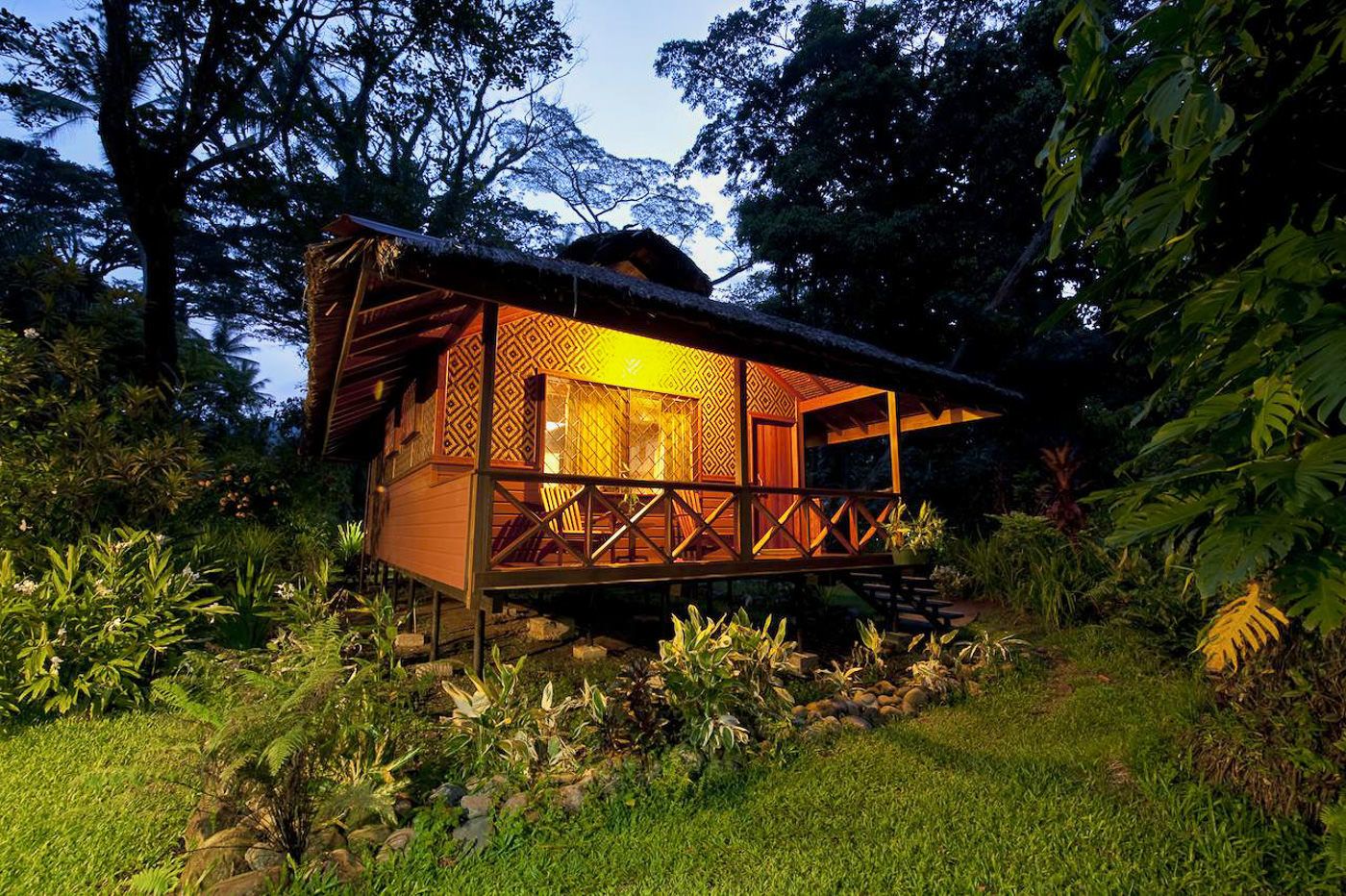
QUICK PICKS: 4 BEST RESORTS IN PAPUA NEW GUINEA
Don’t have time to read my detailed breakdown of all the best resorts in Papua New Guinea? No worries! These are my four top picks for where to stay in Papua New Guinea. If you book one of these four, you are guaranteed to have a great stay in a great location!
WHICH REGION OF PAPUA NEW GUINEA TO STAY IN
The blog will be broken up into five sections for the best specialty resorts and best hotels in PNG.
- Best Hotels in Port Moresby (The base to access all adventures and the International Airport)
- Best Papua New Guinea resorts for scuba-diving
- Best Papua New Guinea resorts for bird-watching
- Best Papua New Guinea resorts for surfing
- Additional accommodation in Lae


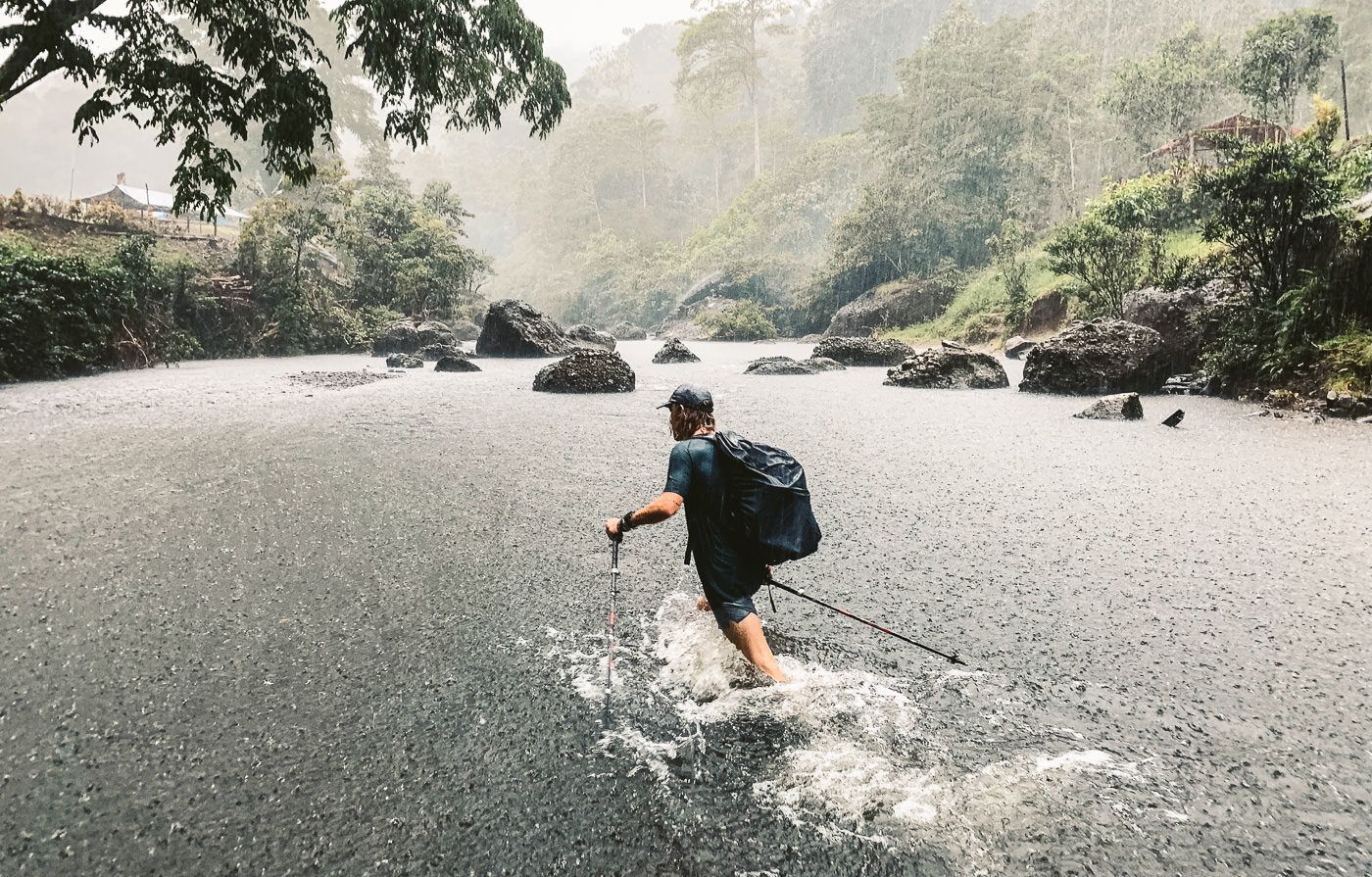
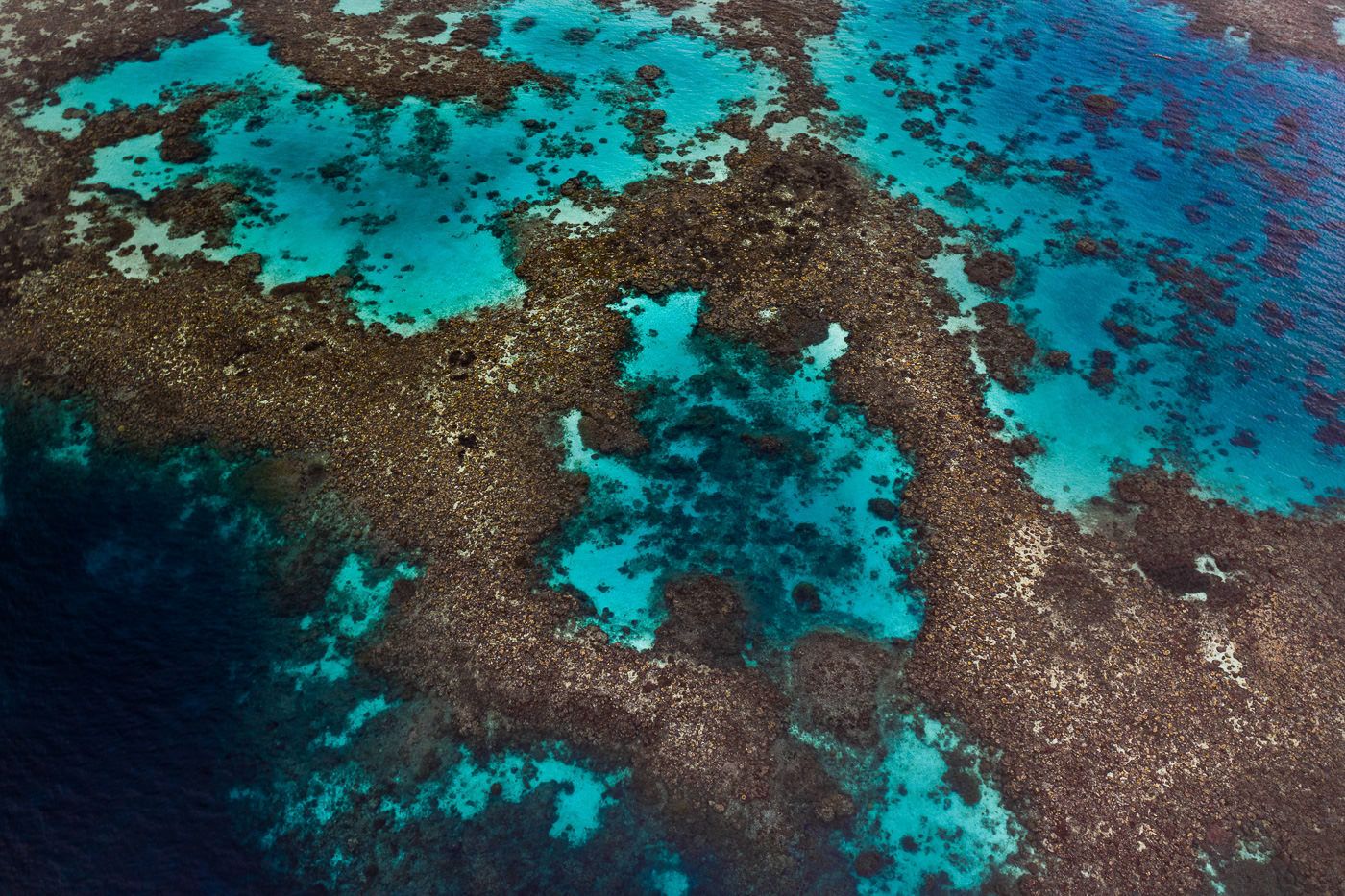
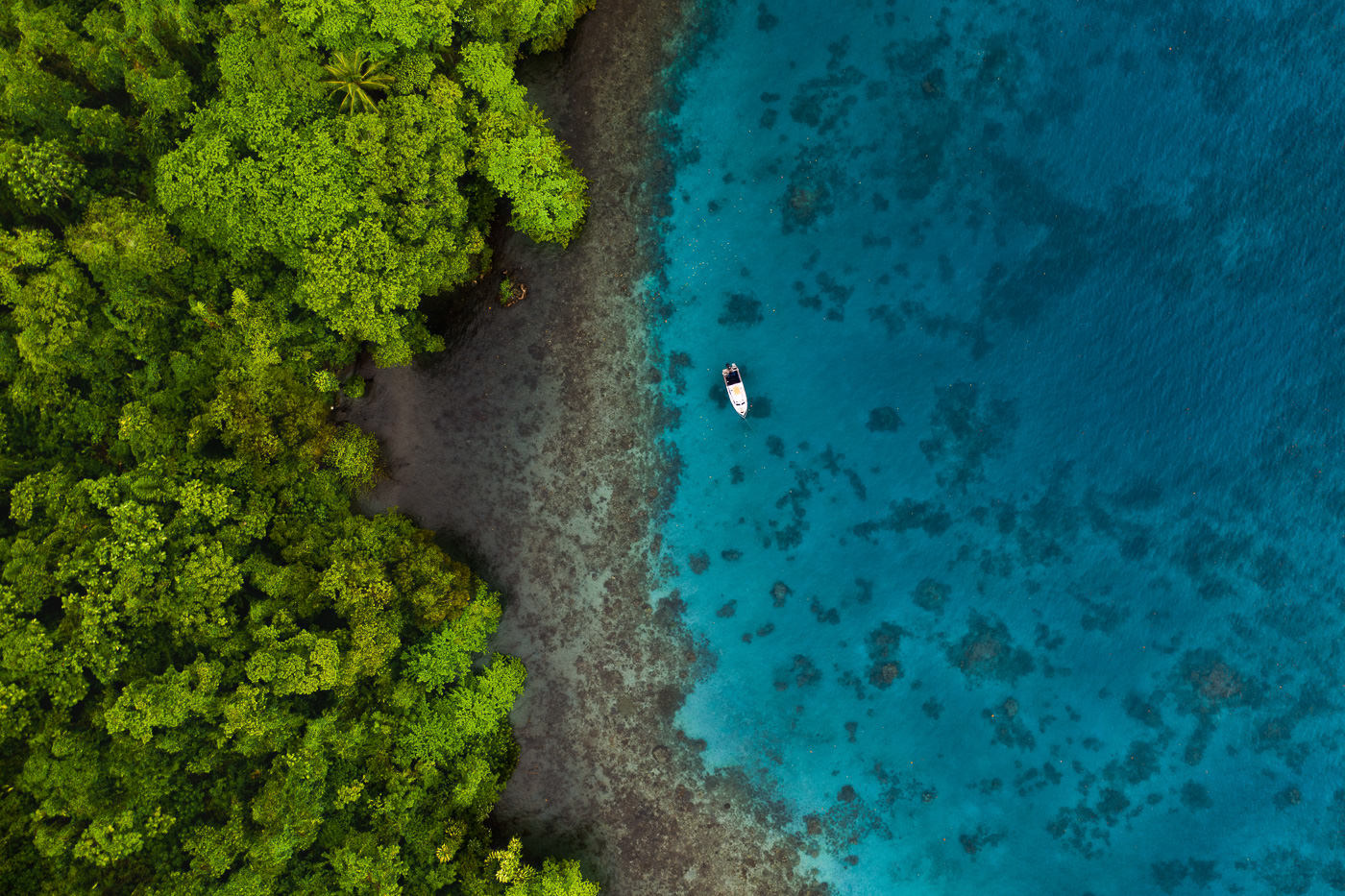
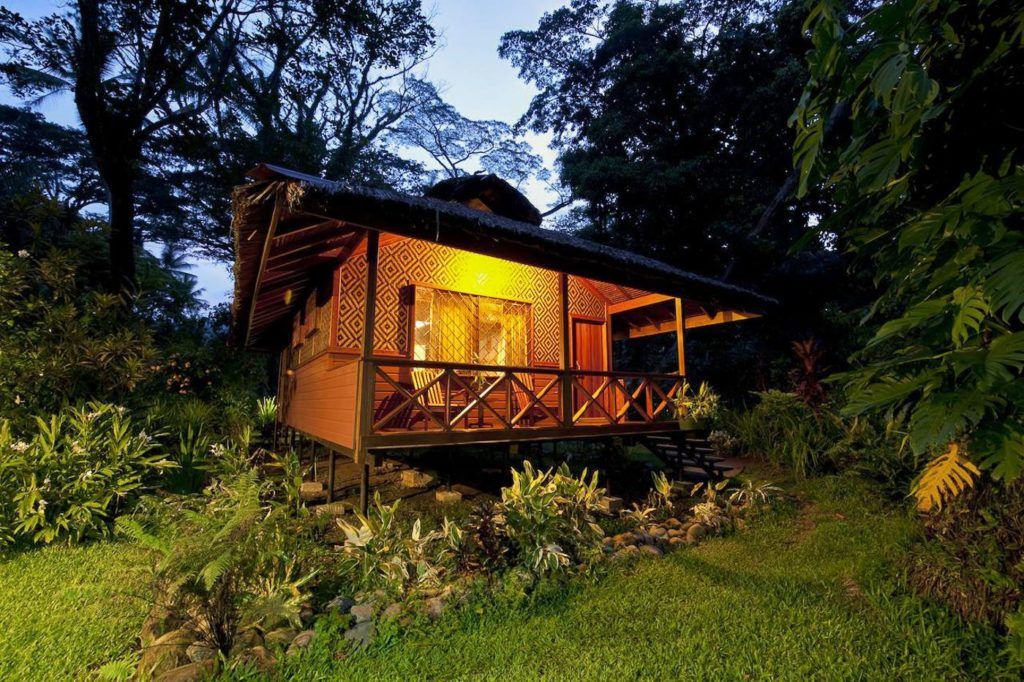

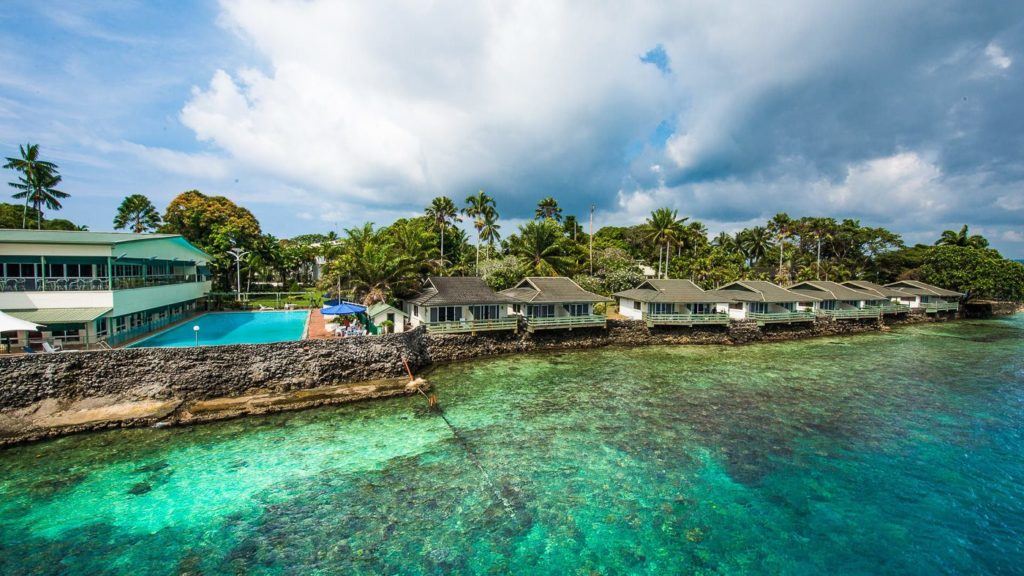

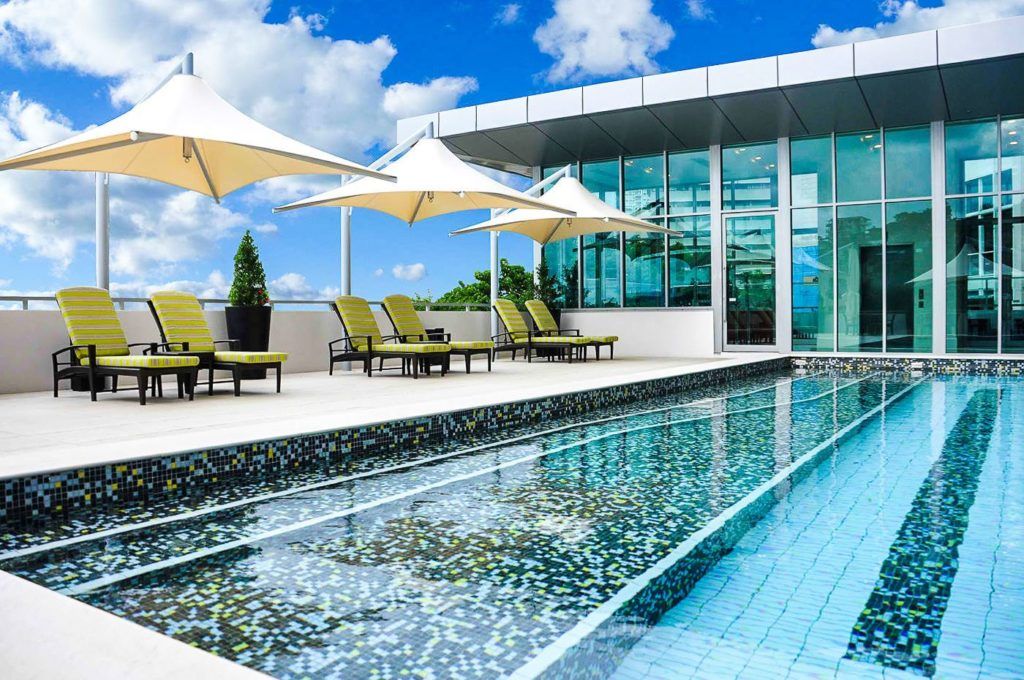

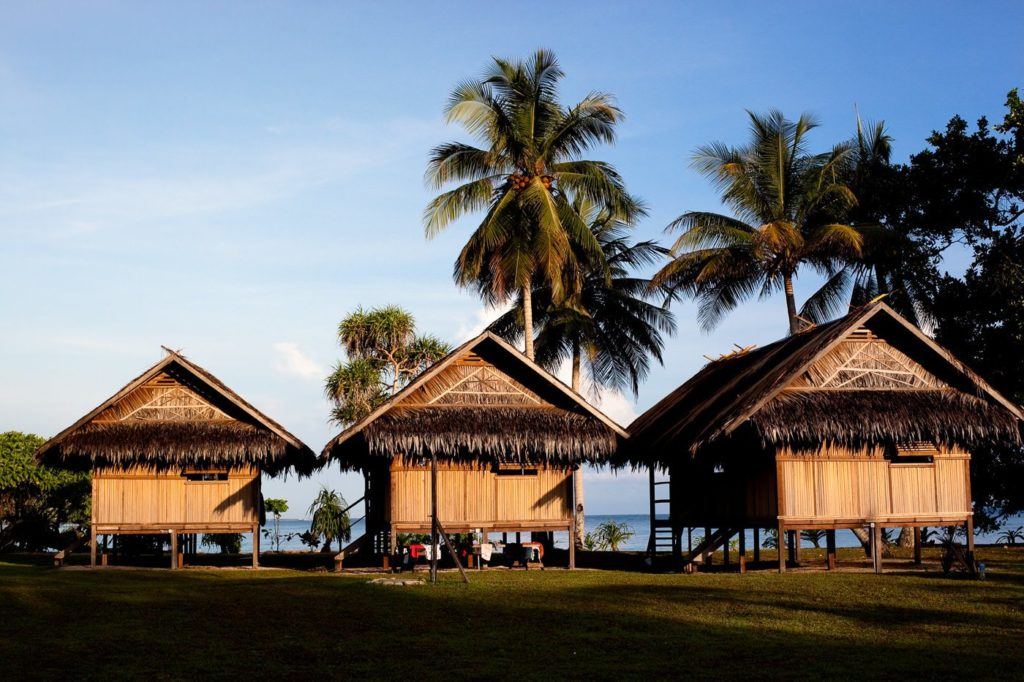

Jesica
Tuesday 27th of December 2022
what tour did you do? and who was it through?
Vedika
Saturday 16th of October 2021
How many weeks have you stayed there?
MyLine
Thursday 17th of September 2020
Caving and cliff jumping at Hailiku Village are a must to do. Hopefully, to experience this someday. These places are really a must-visit.
Guito
Friday 4th of September 2020
Jack, i love u. For real.
I've been a follower since ever, and your blog is among the best of the best of the best sources of informations and amaaaaaazing pictures.
Please, keep on doing this awwwesome job! U made my quarantine much lighter!
Jackson
Saturday 5th of September 2020
Thanks so much for the support!
Peter van der Giessen
Thursday 19th of December 2019
ISLAND HOPPING IN MADANG:
Love your website! I'm interested in island hopping. Can you give me some info about how you arranged this tour? How many days did it take? Is it one tour or day tours from the Madang resort? Did you arrange with a travel agency and with how many people did you make the tour. I like to travel by myself or really small groups. If I can afford it, by myself..
Kind regards, Peter (Netherlands)
Wednesday 9th of June 2021
Hi Peter, Have you made the trip to Madang already?
Jackson
Friday 20th of December 2019
Hi mate, it was on a trip working with the Tourism Board so they organized it all. It was day tours from Madang Resort and would be possible by yourself but may cost a little extra